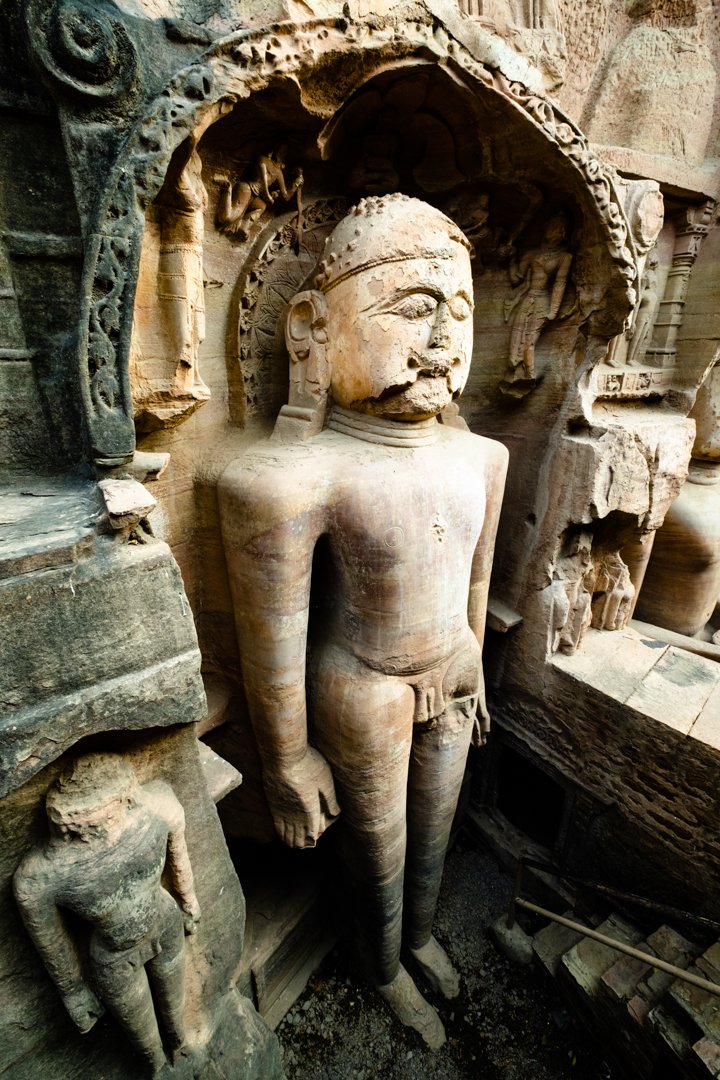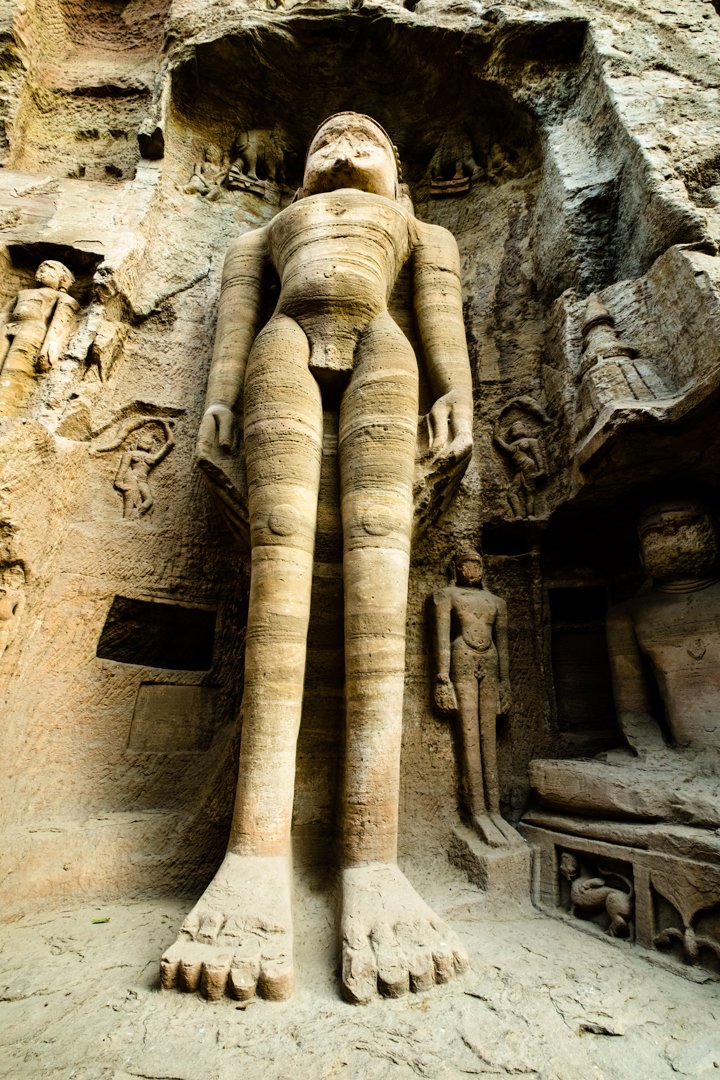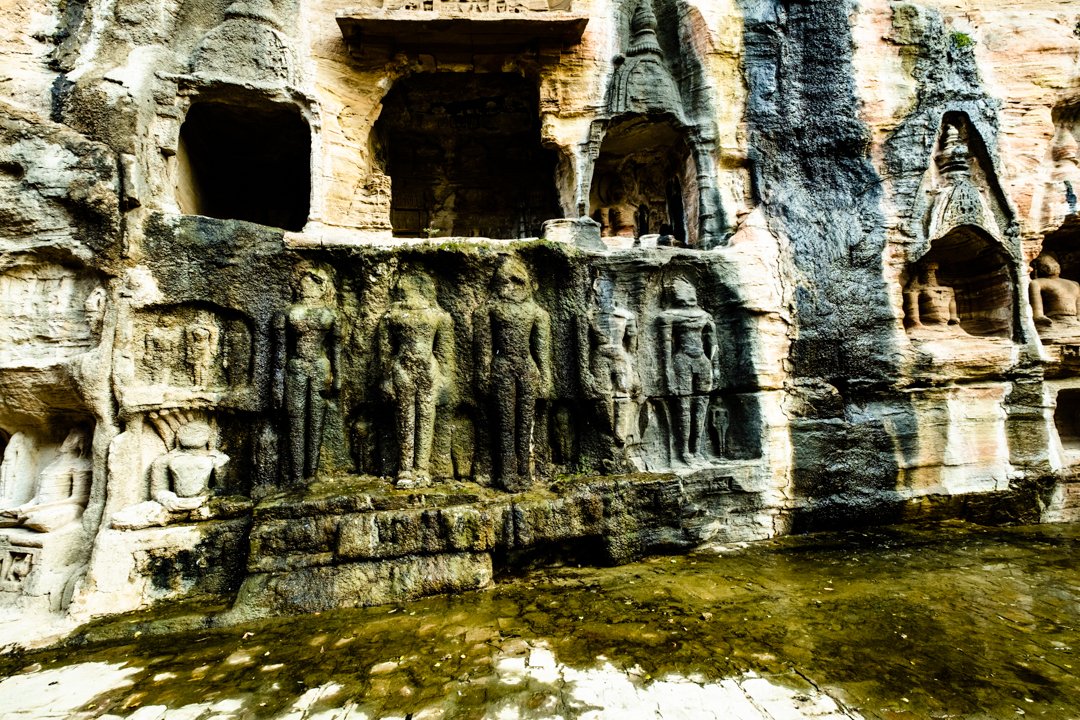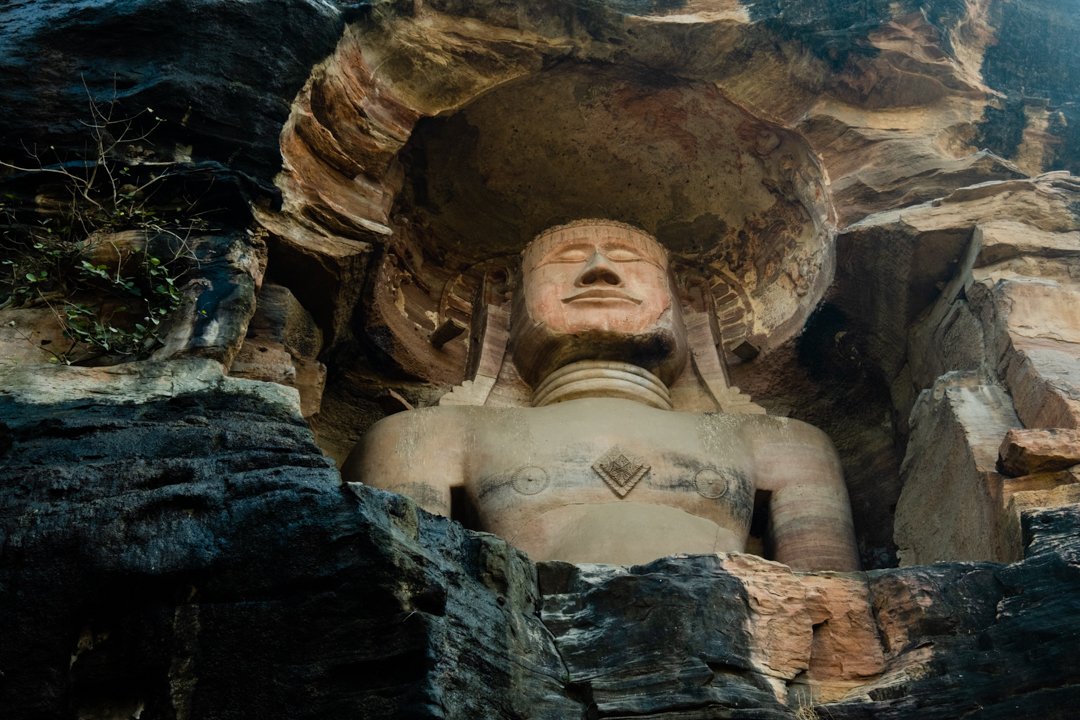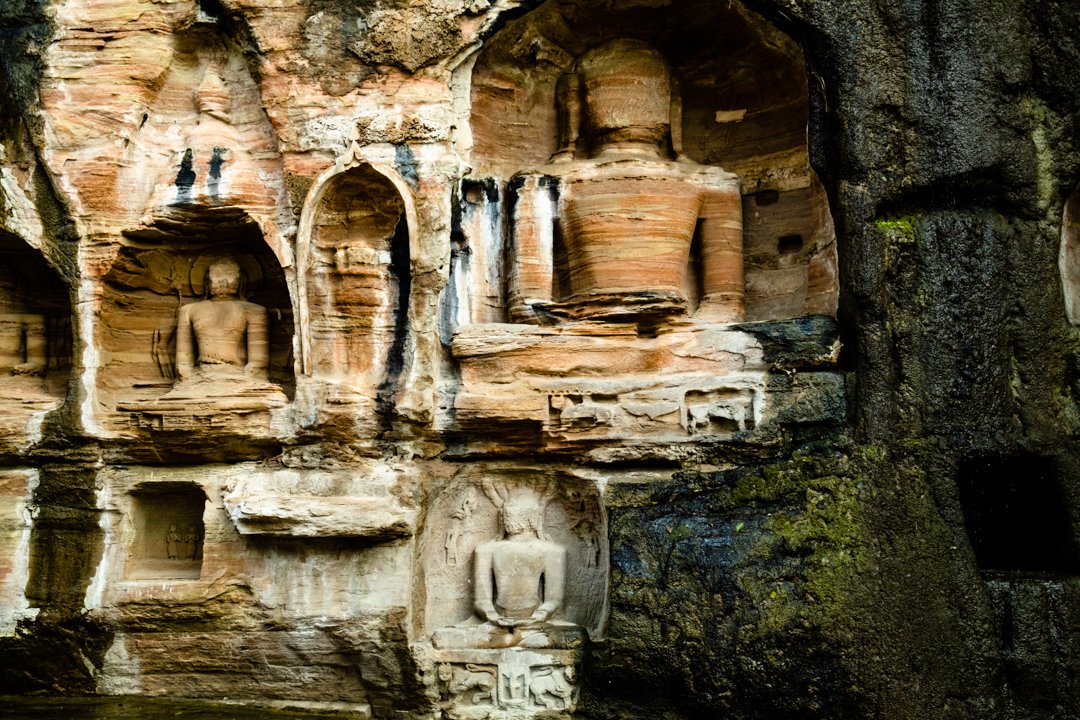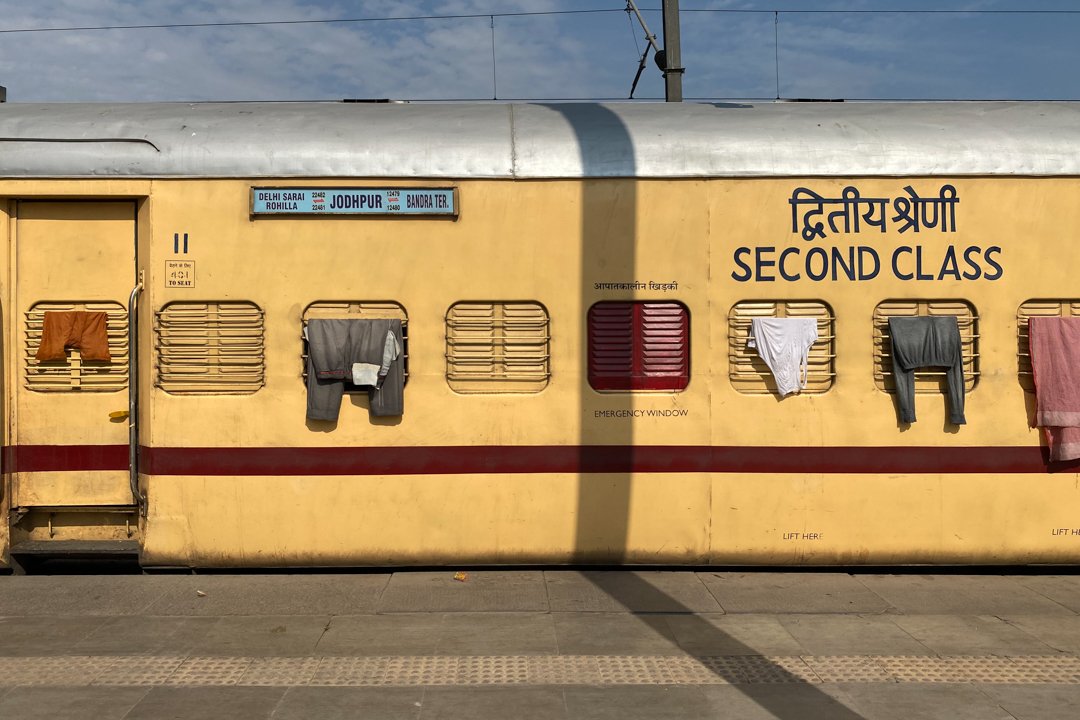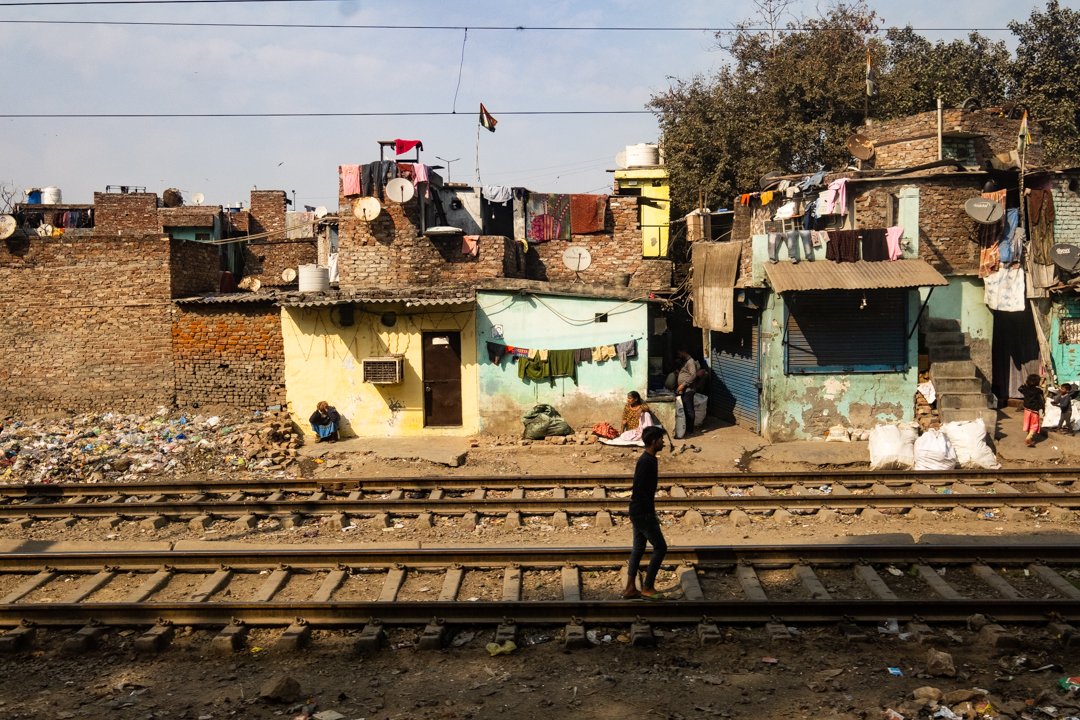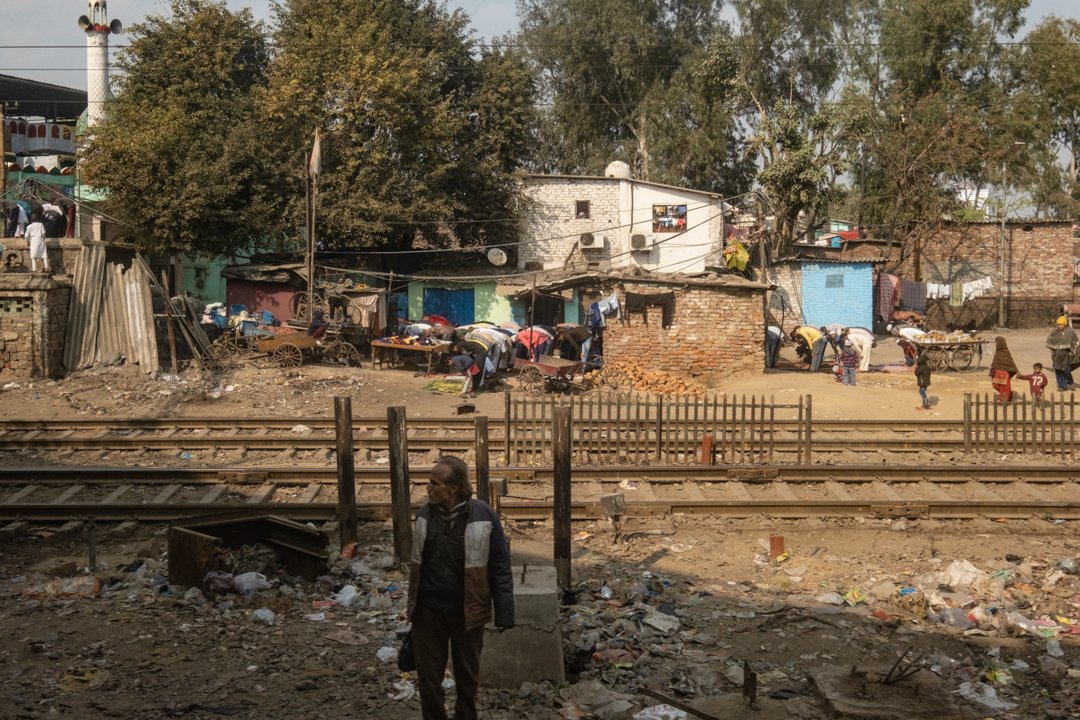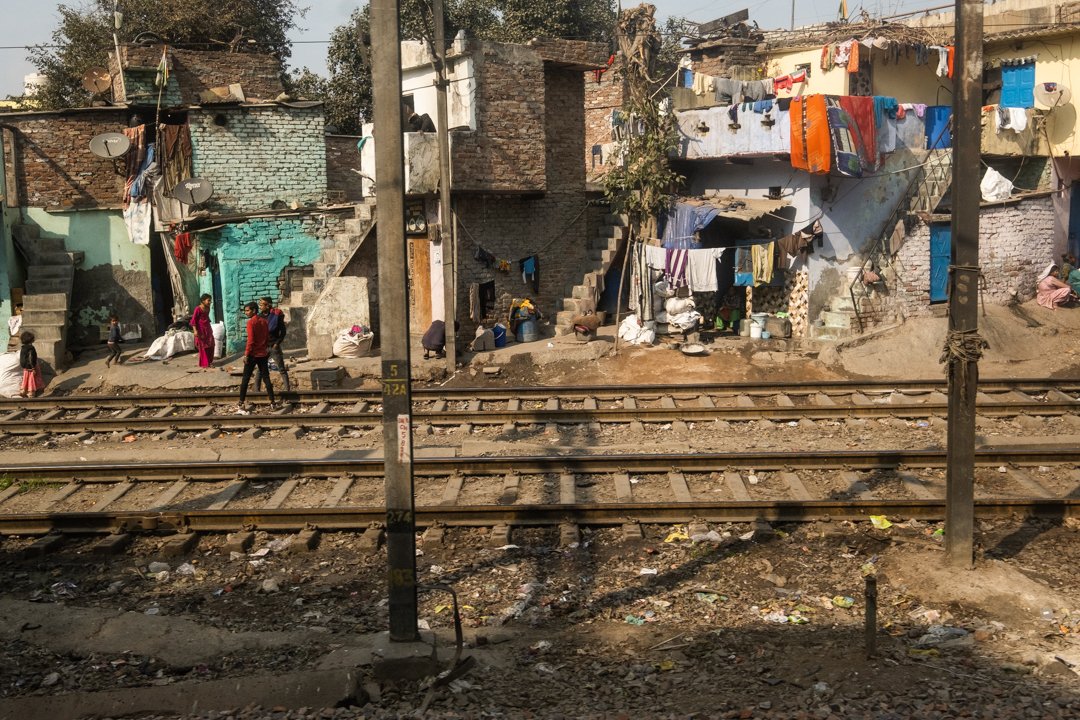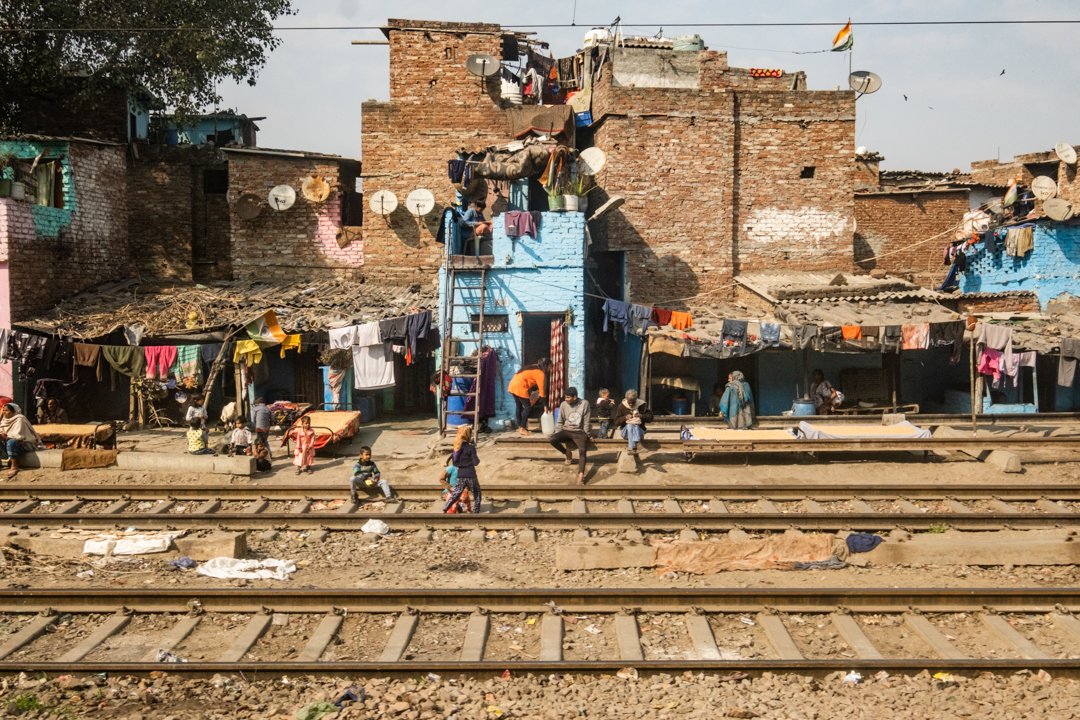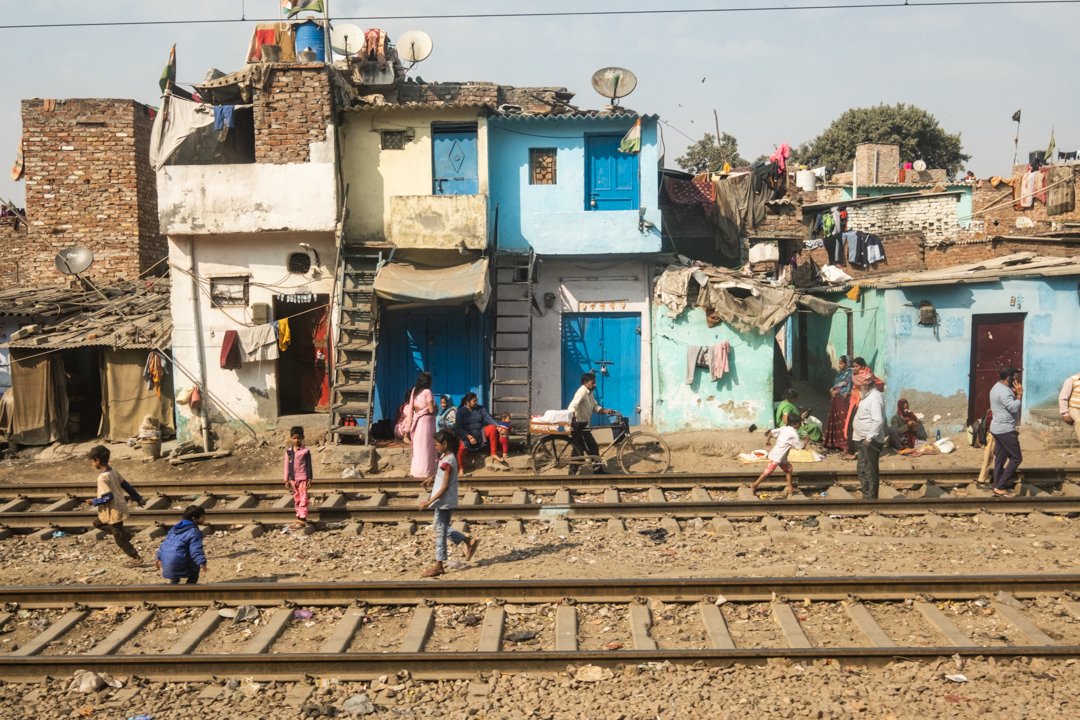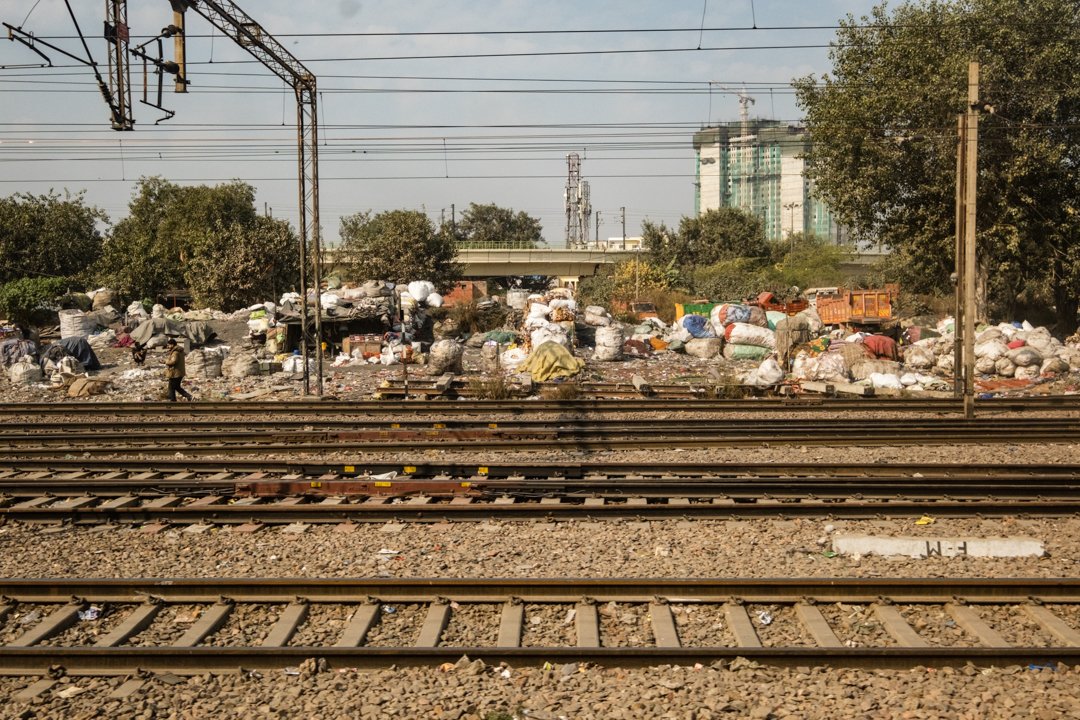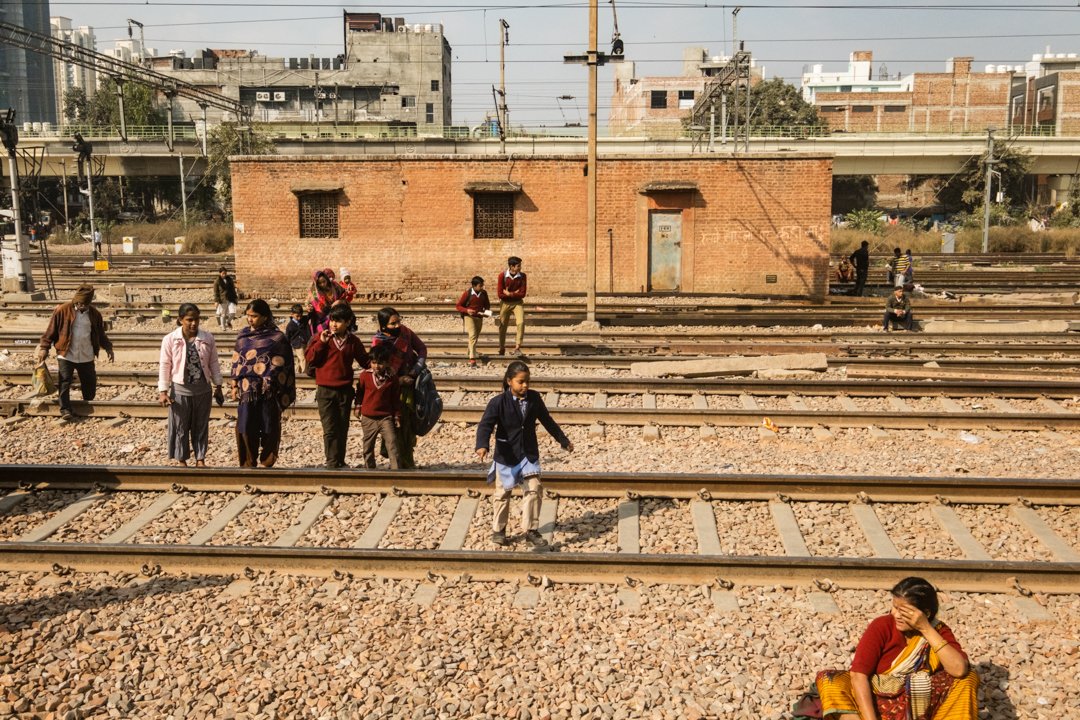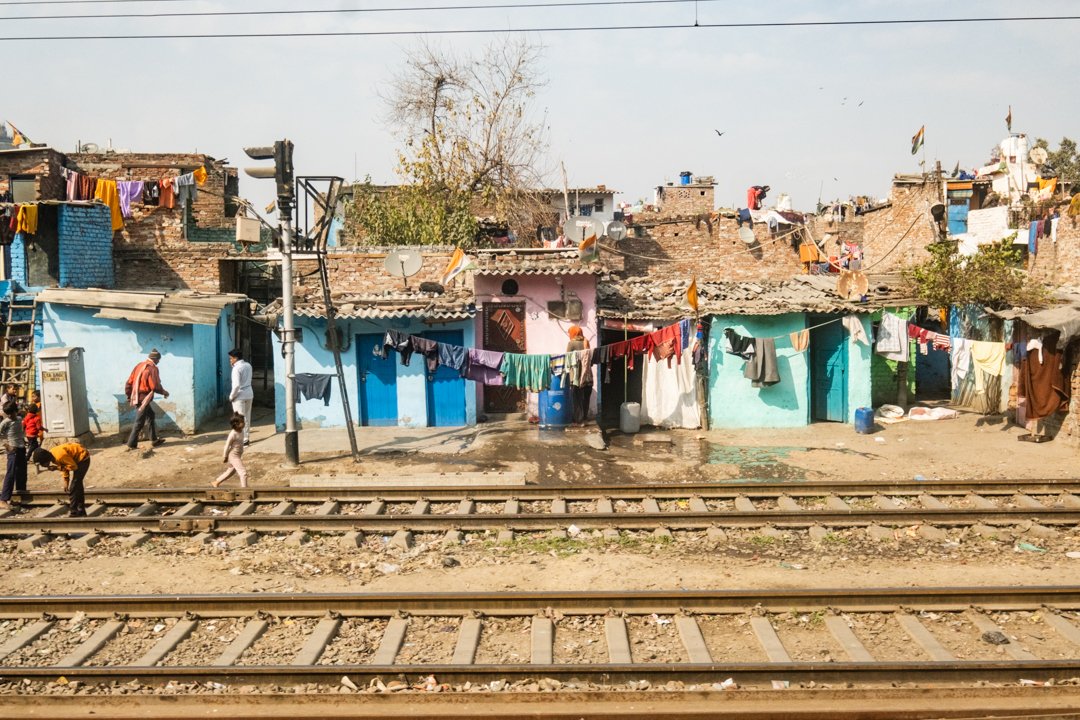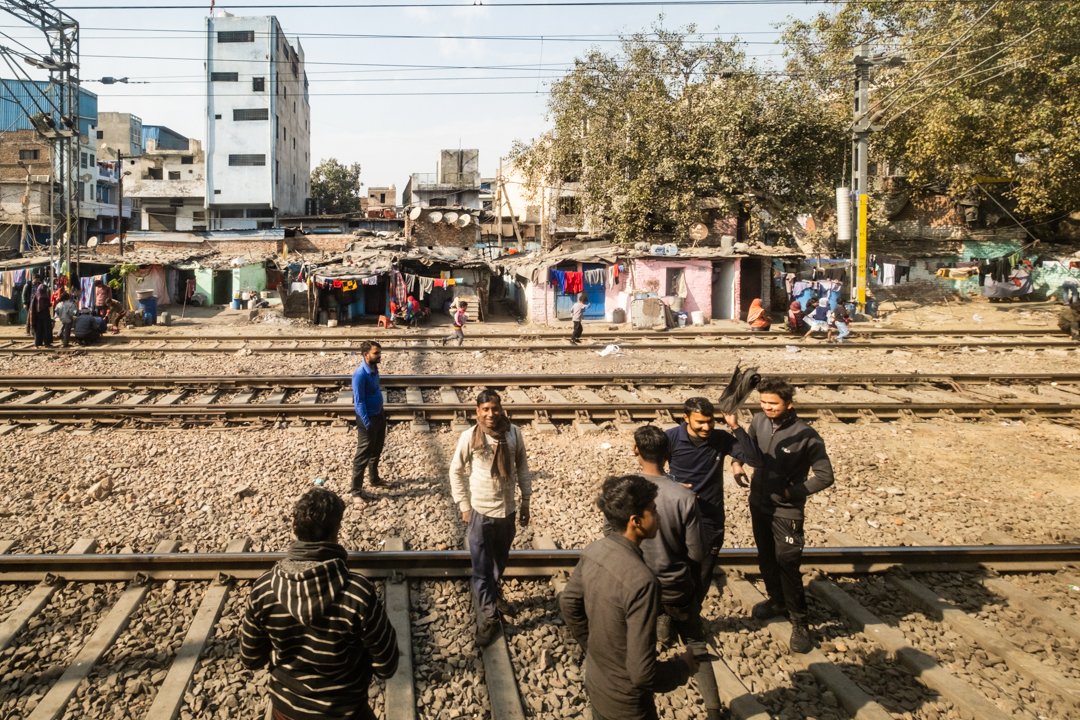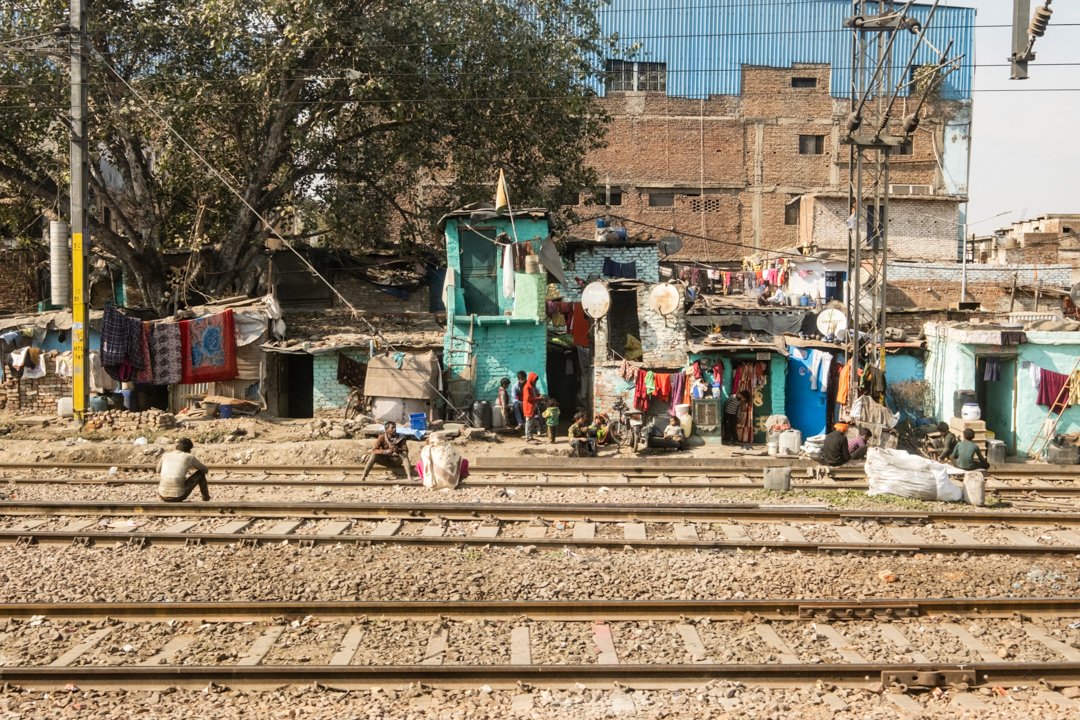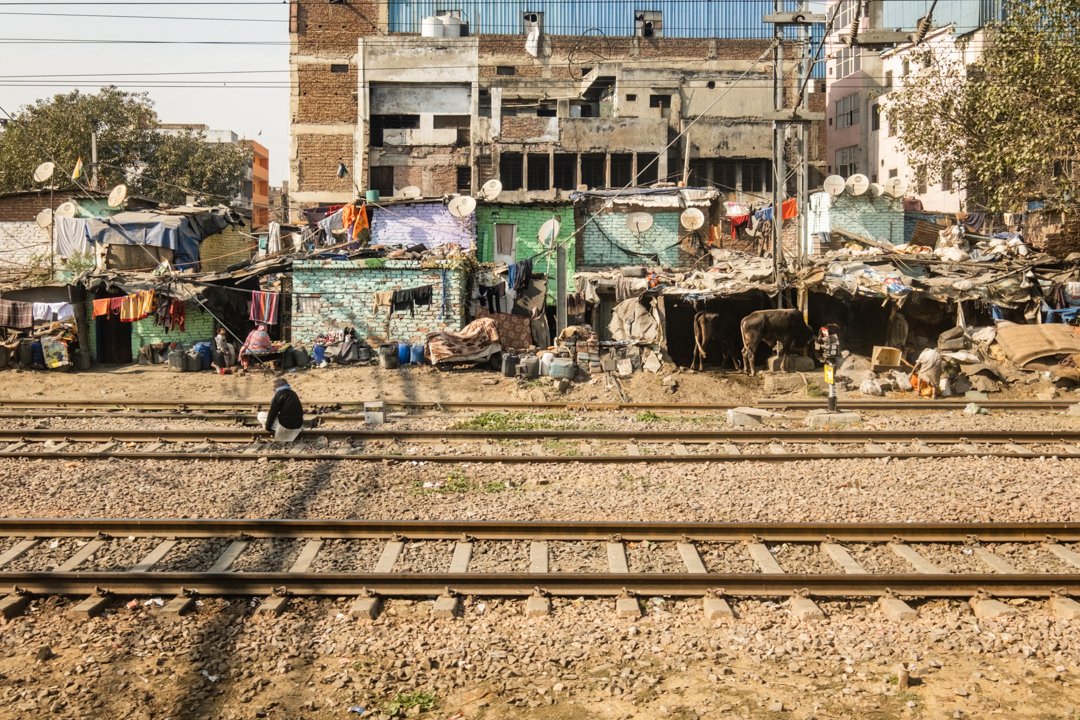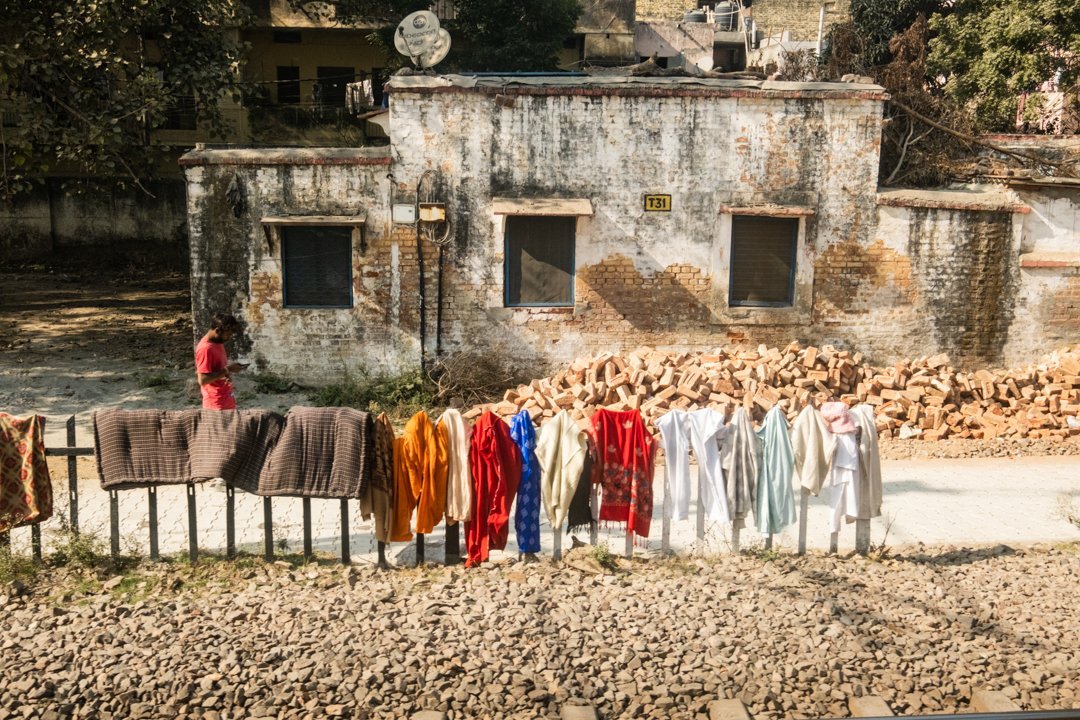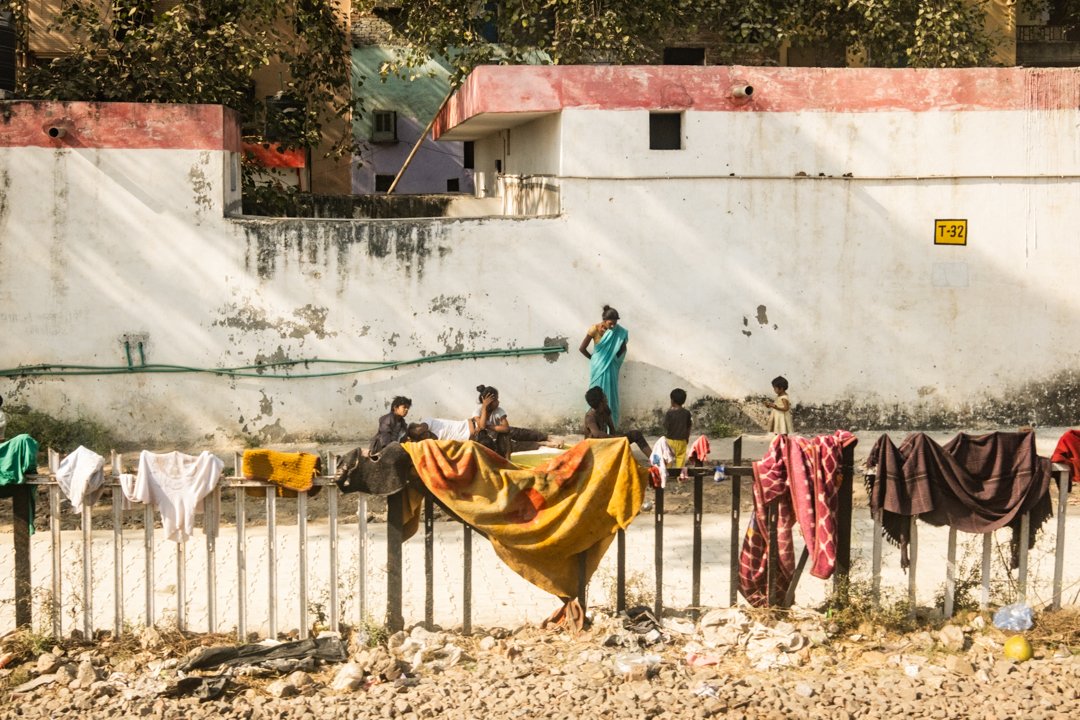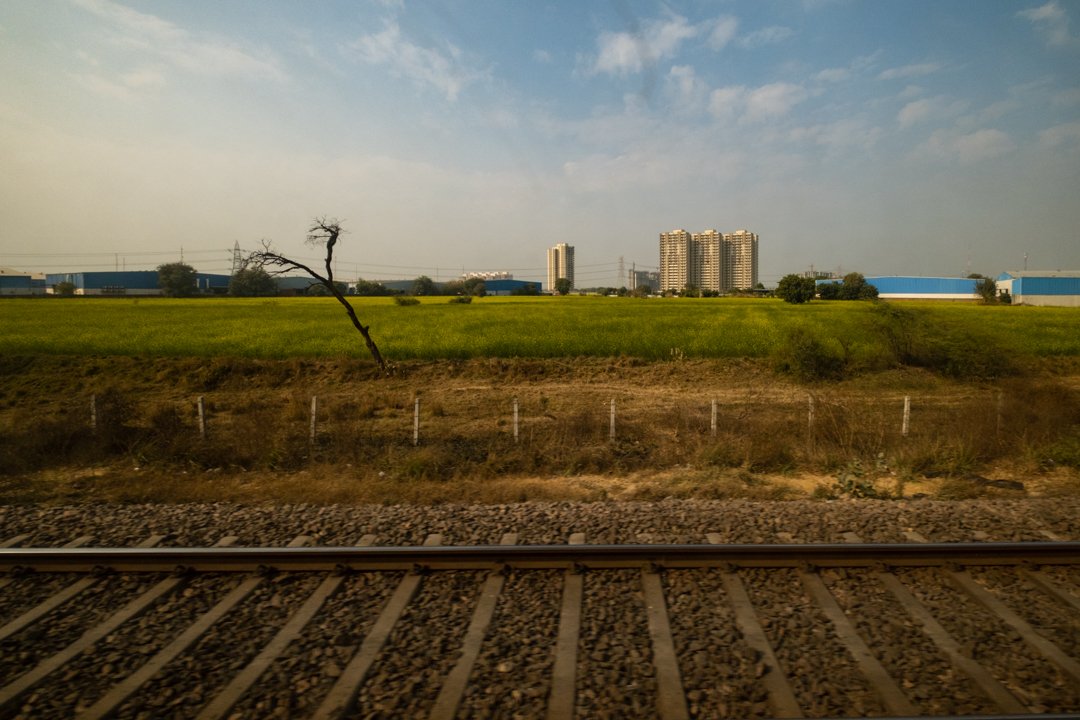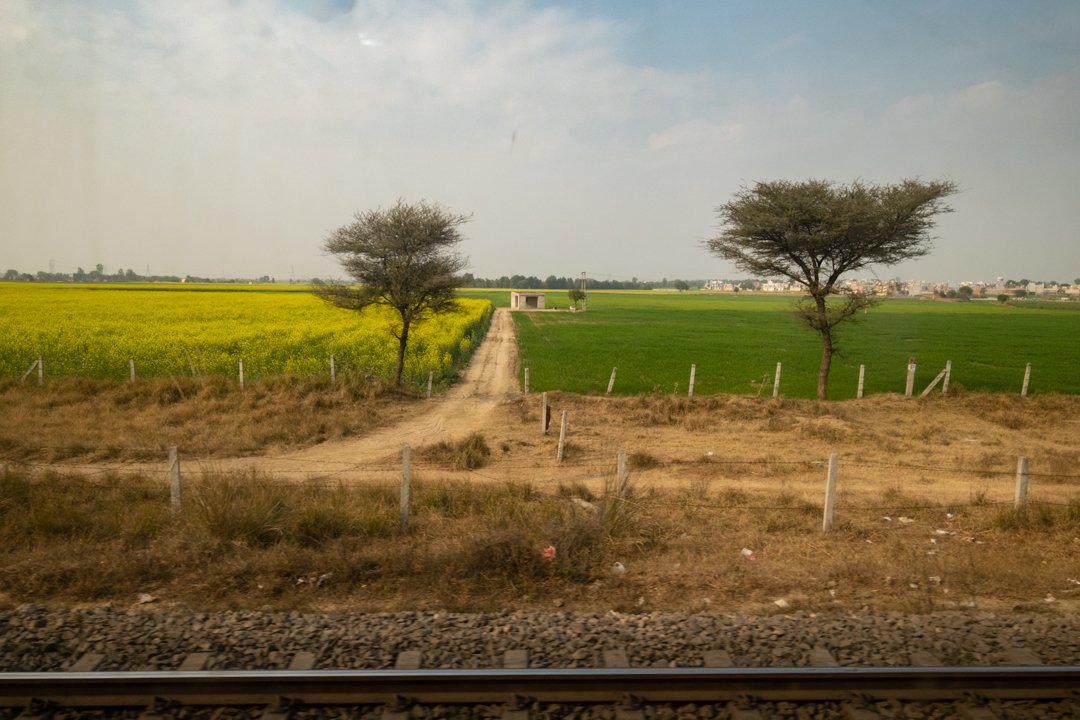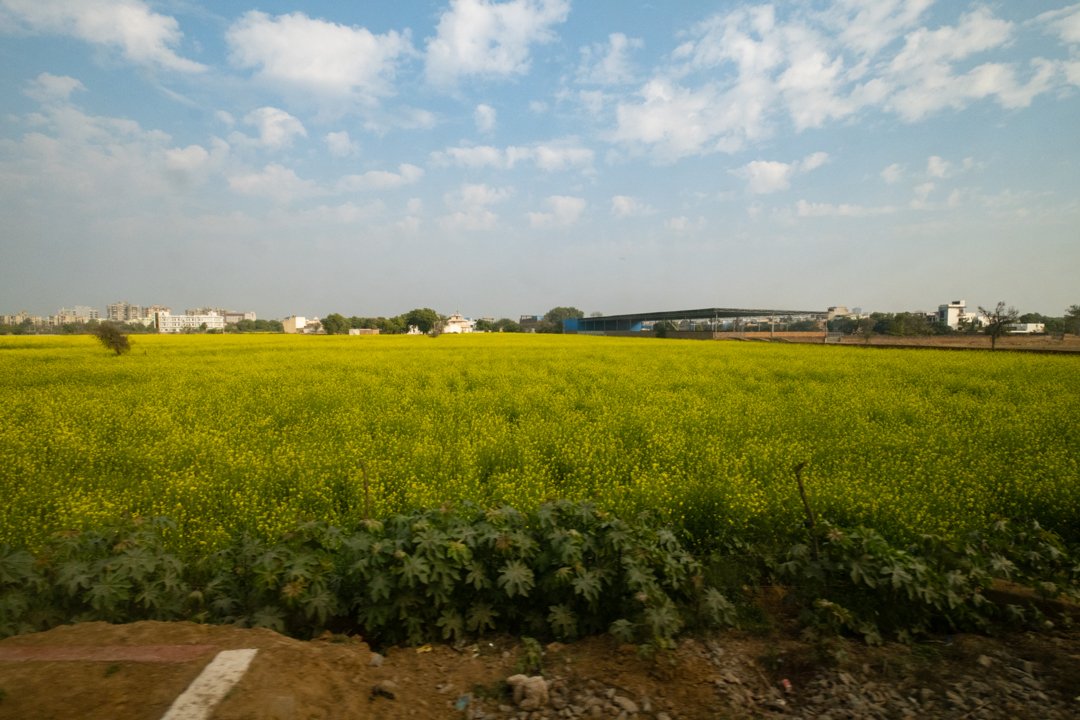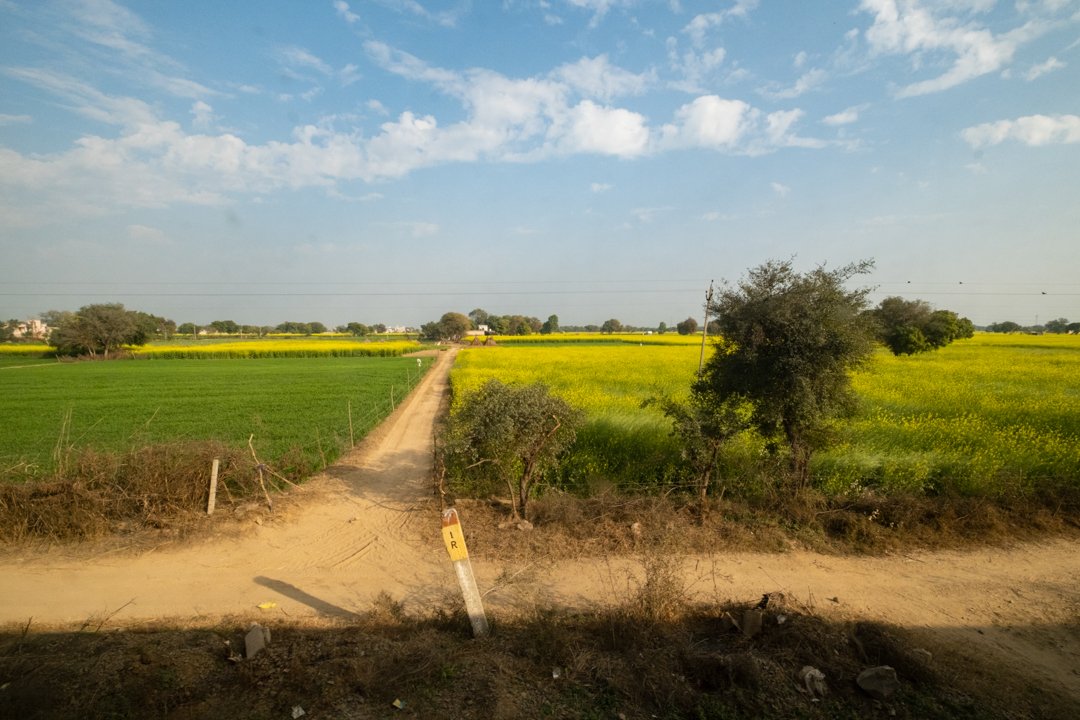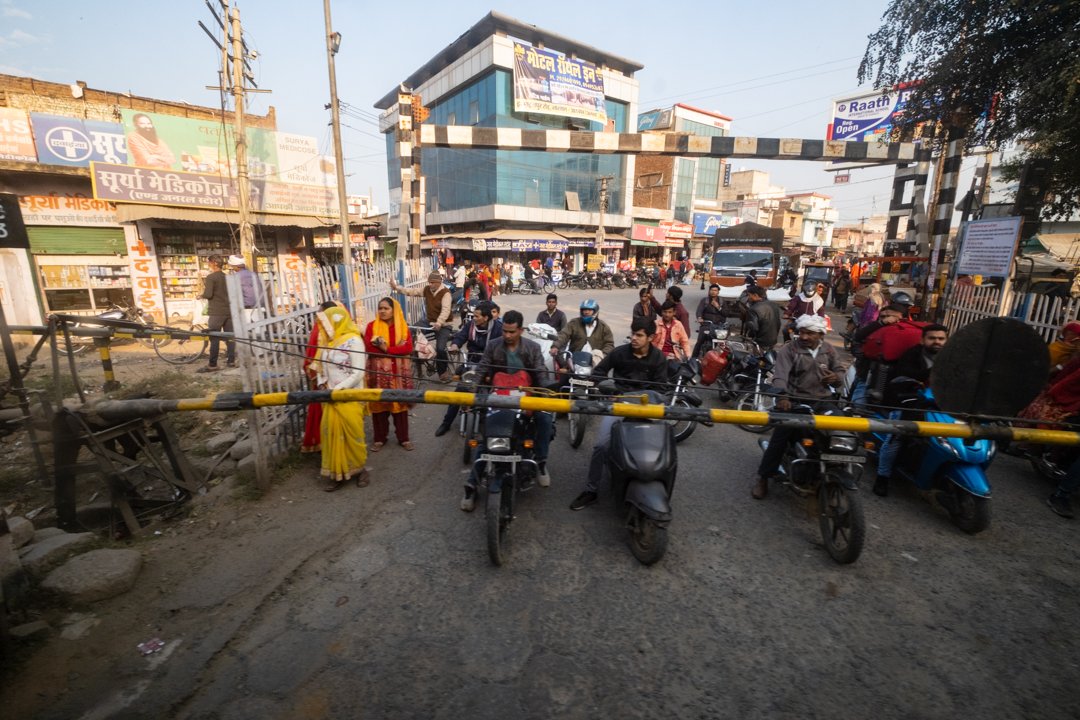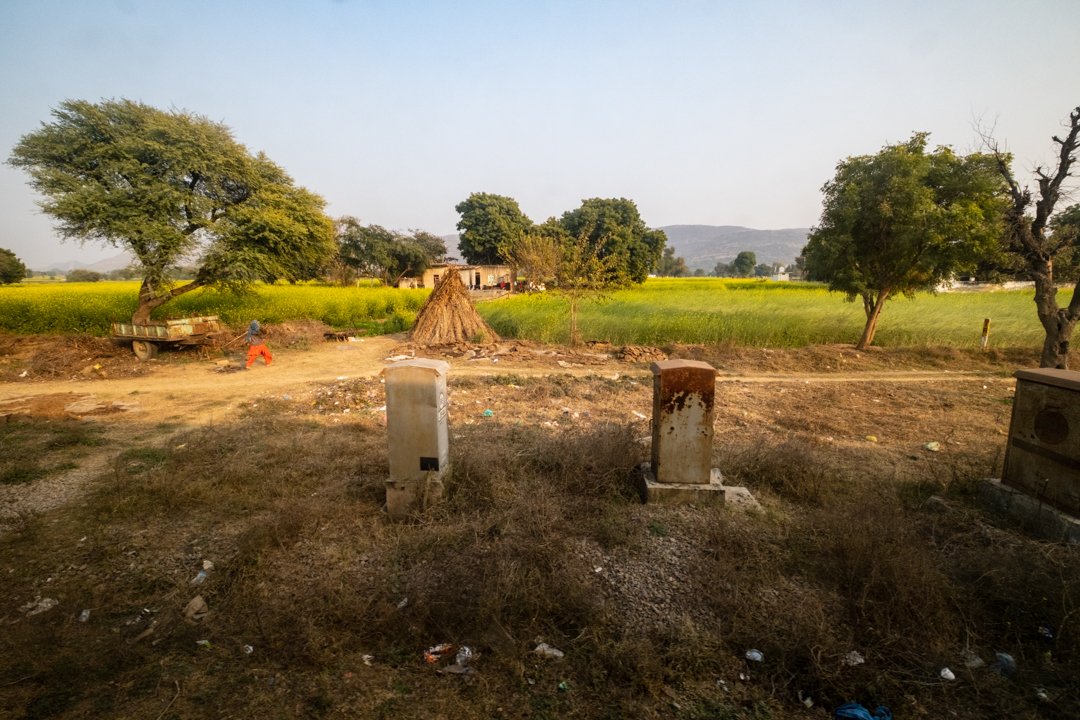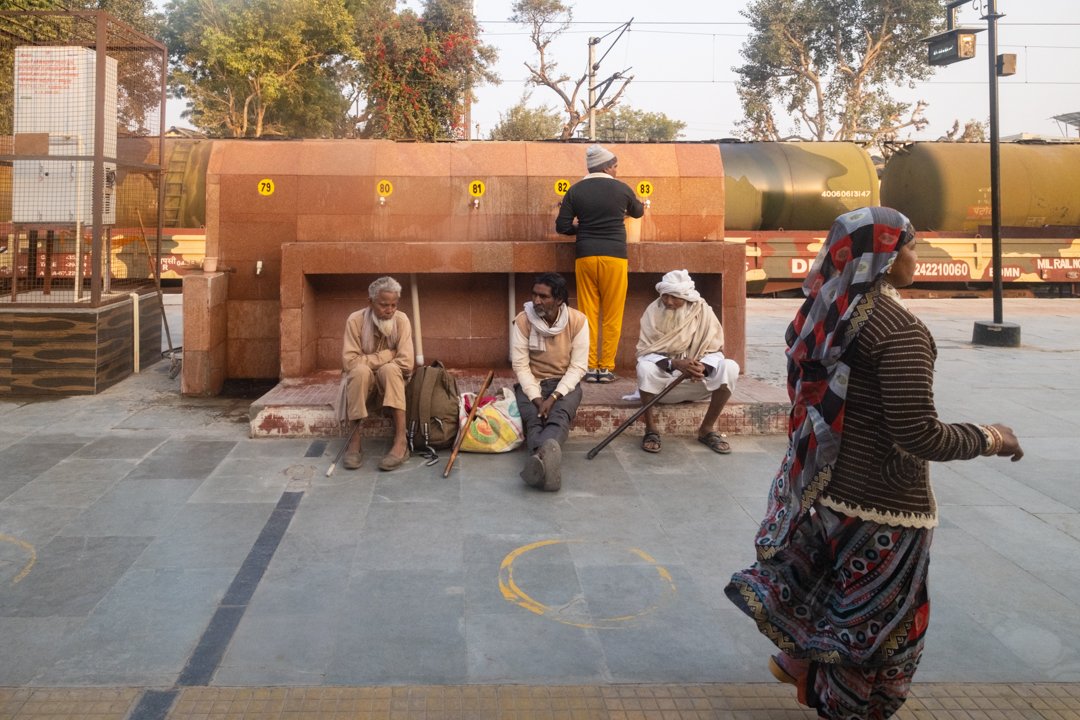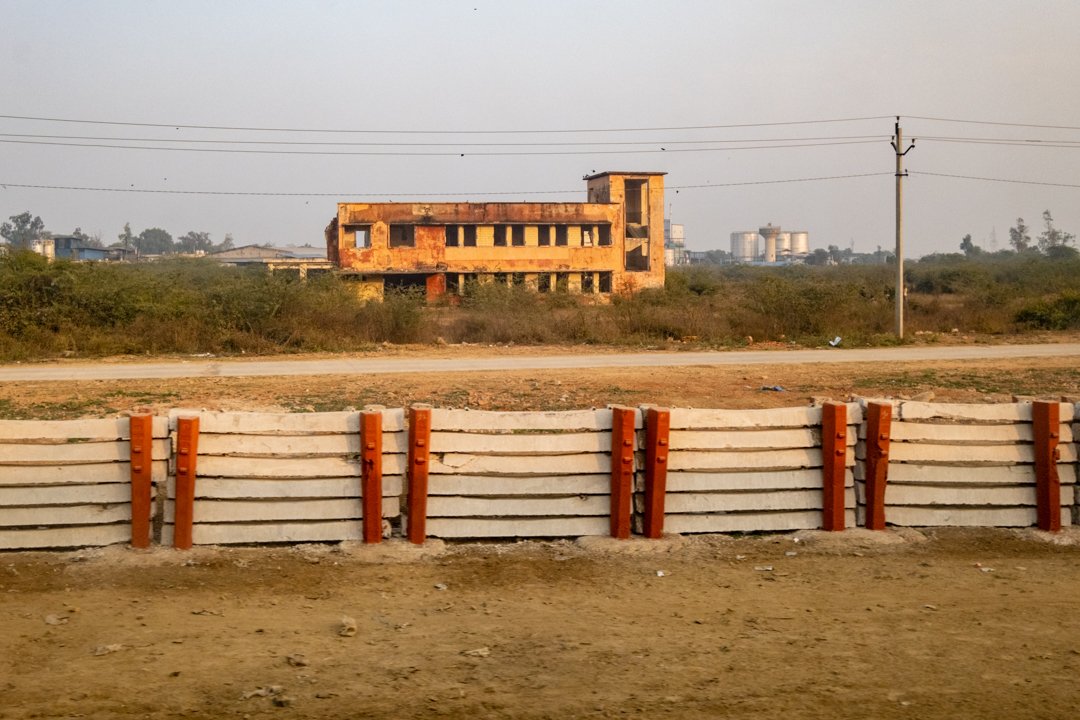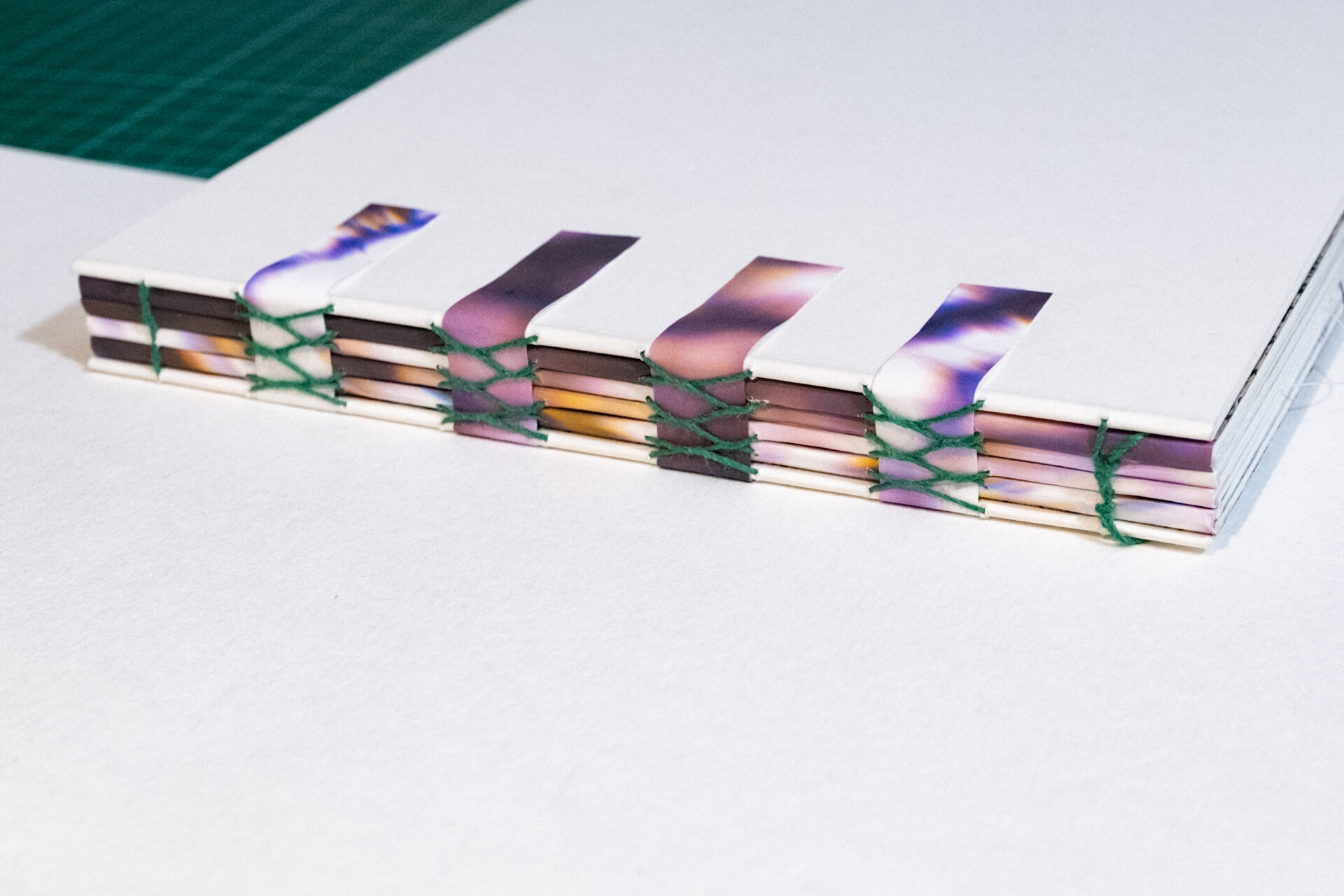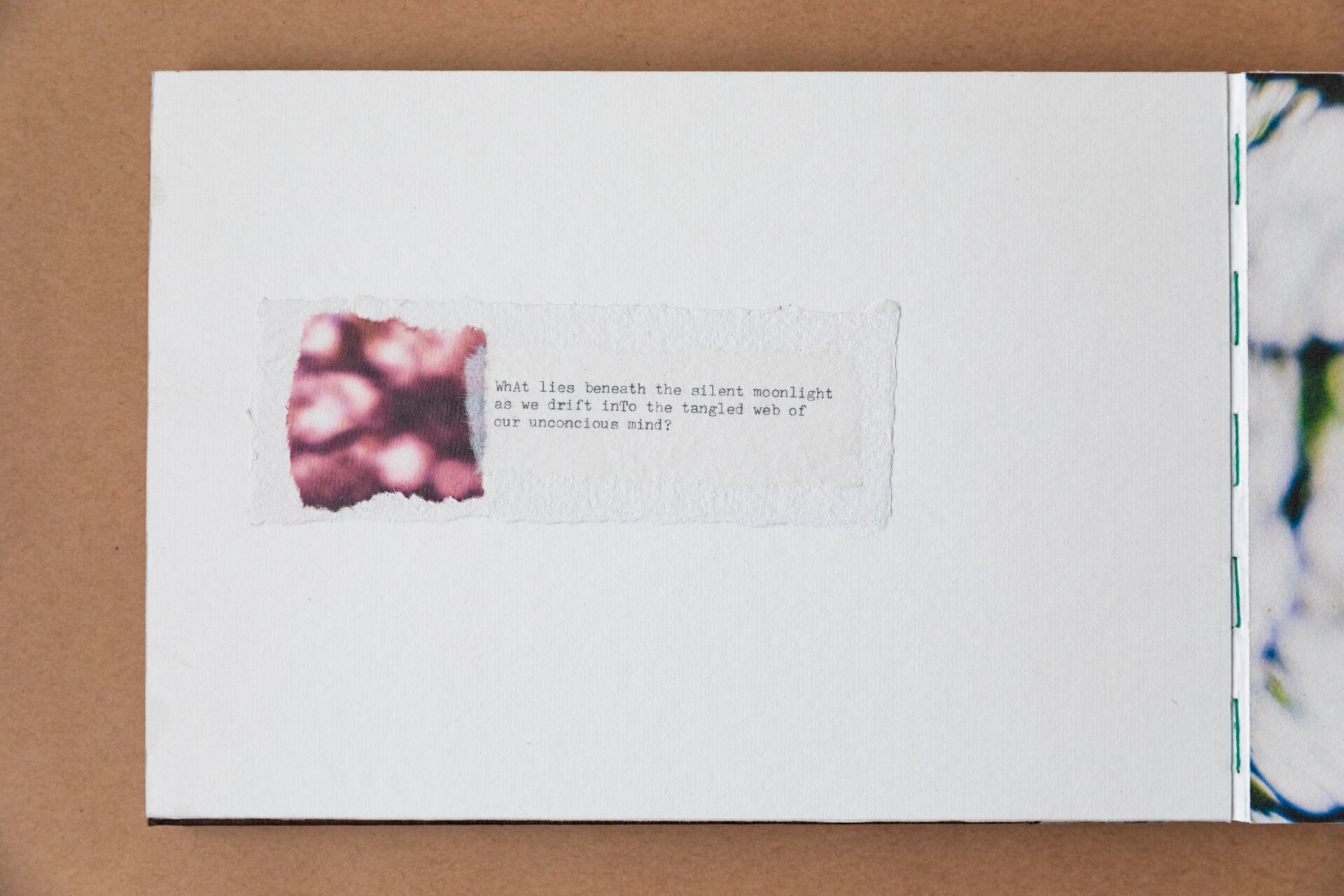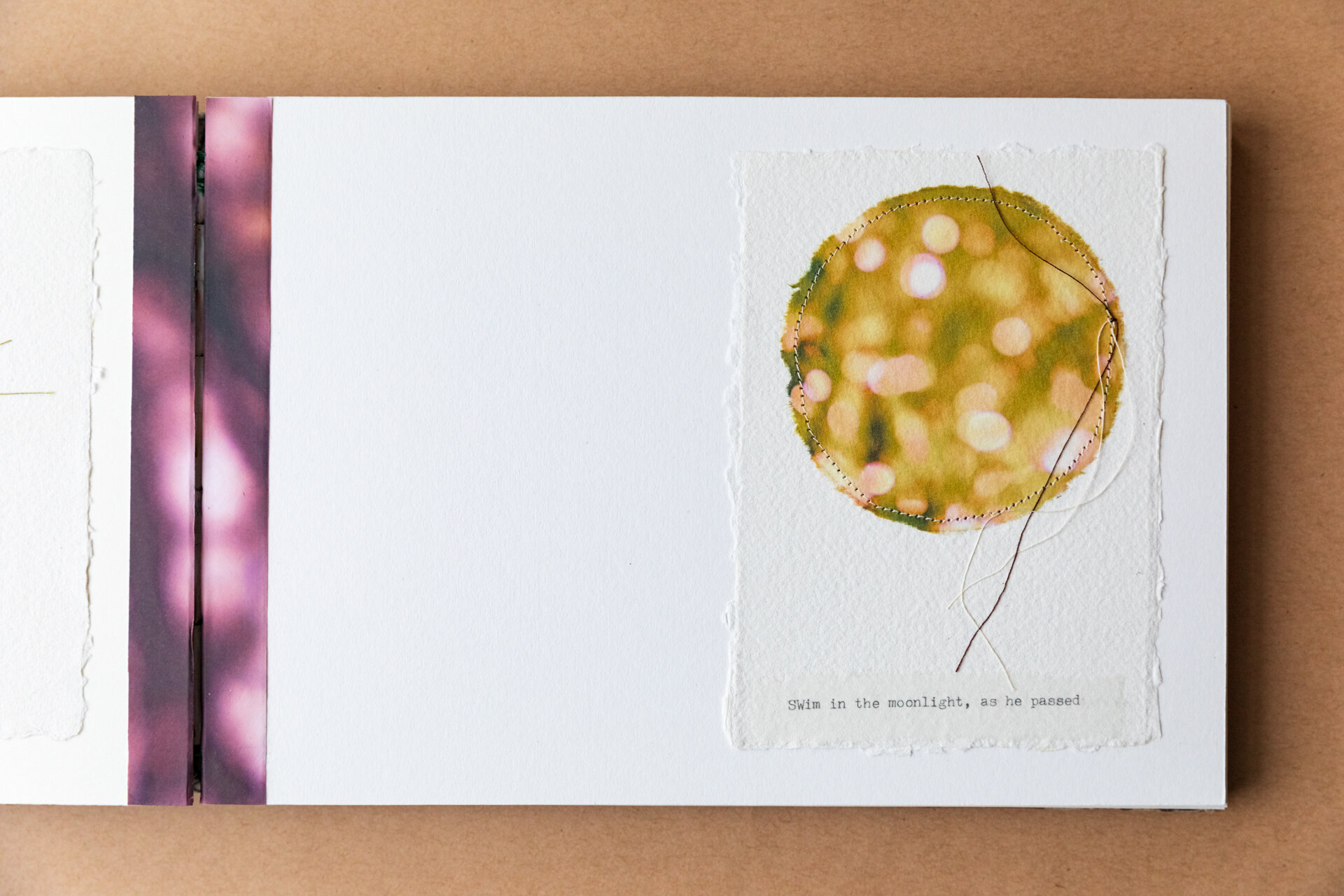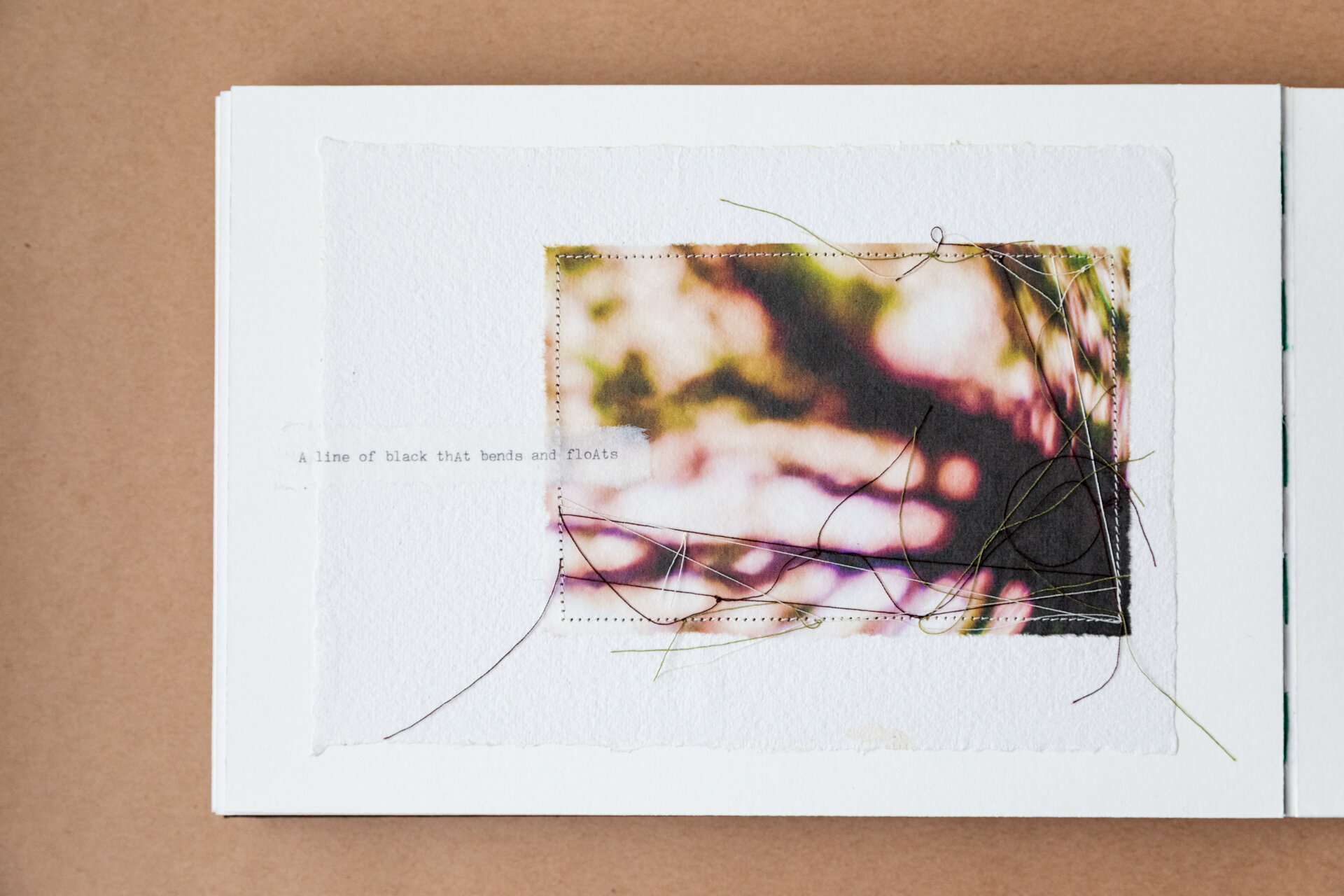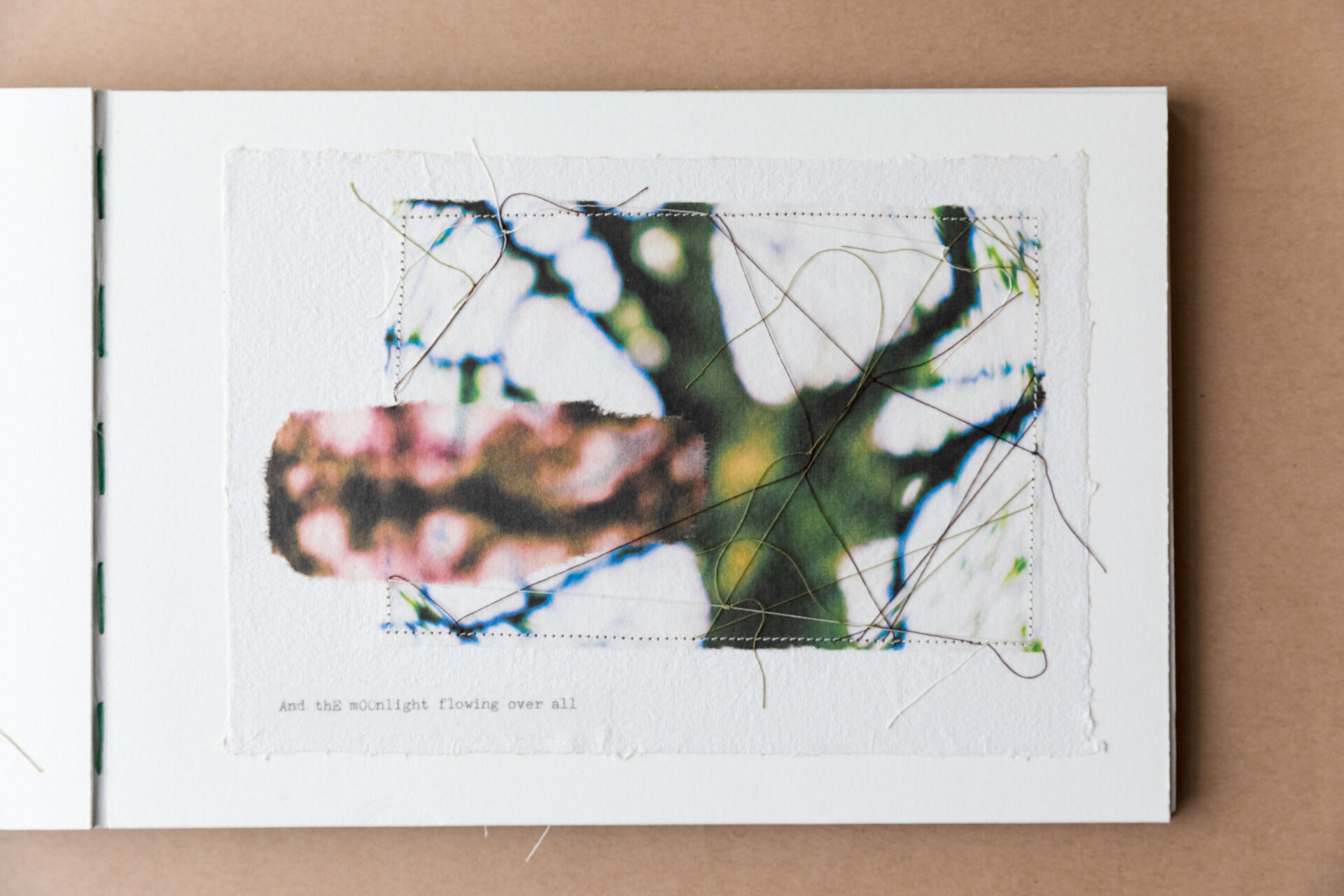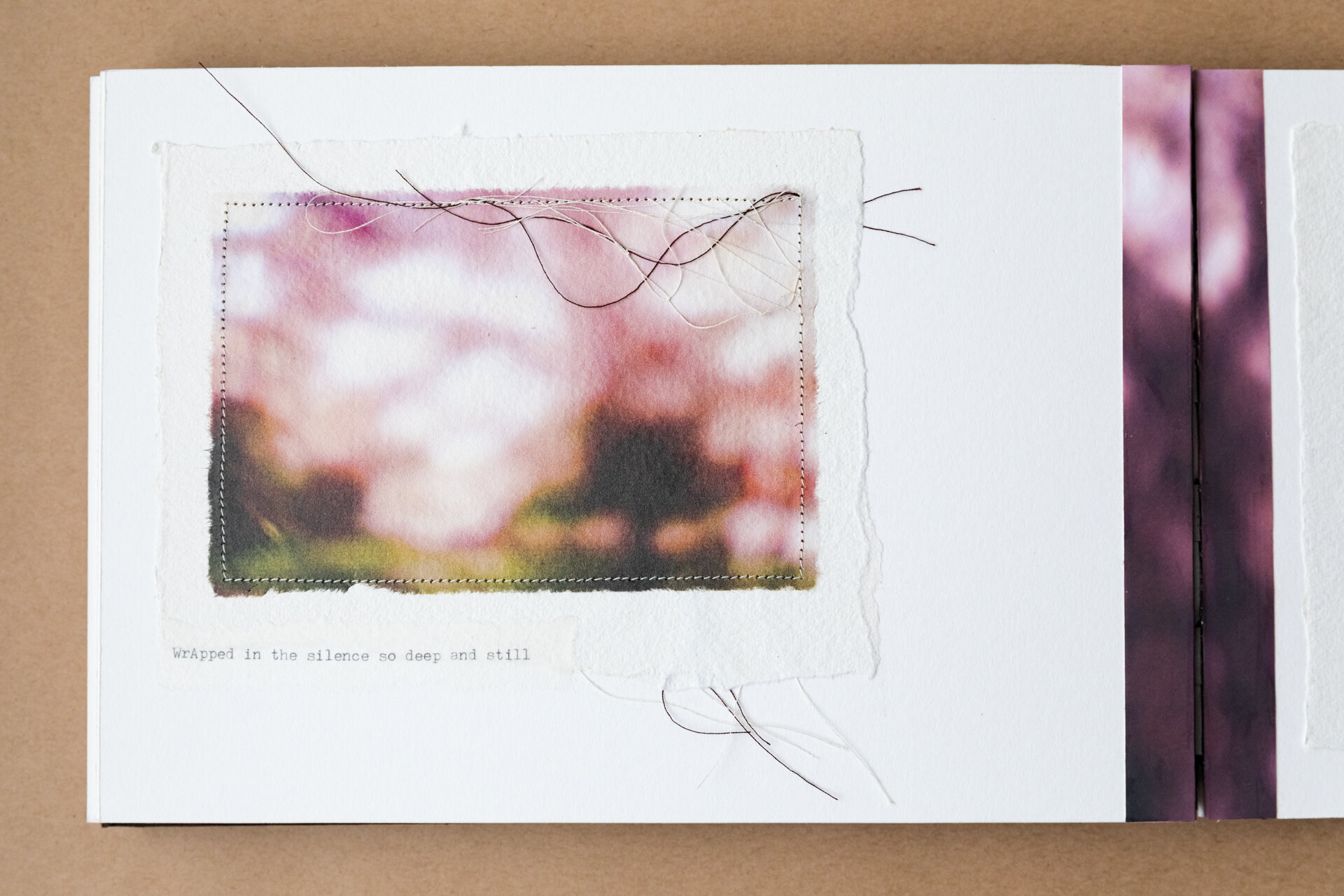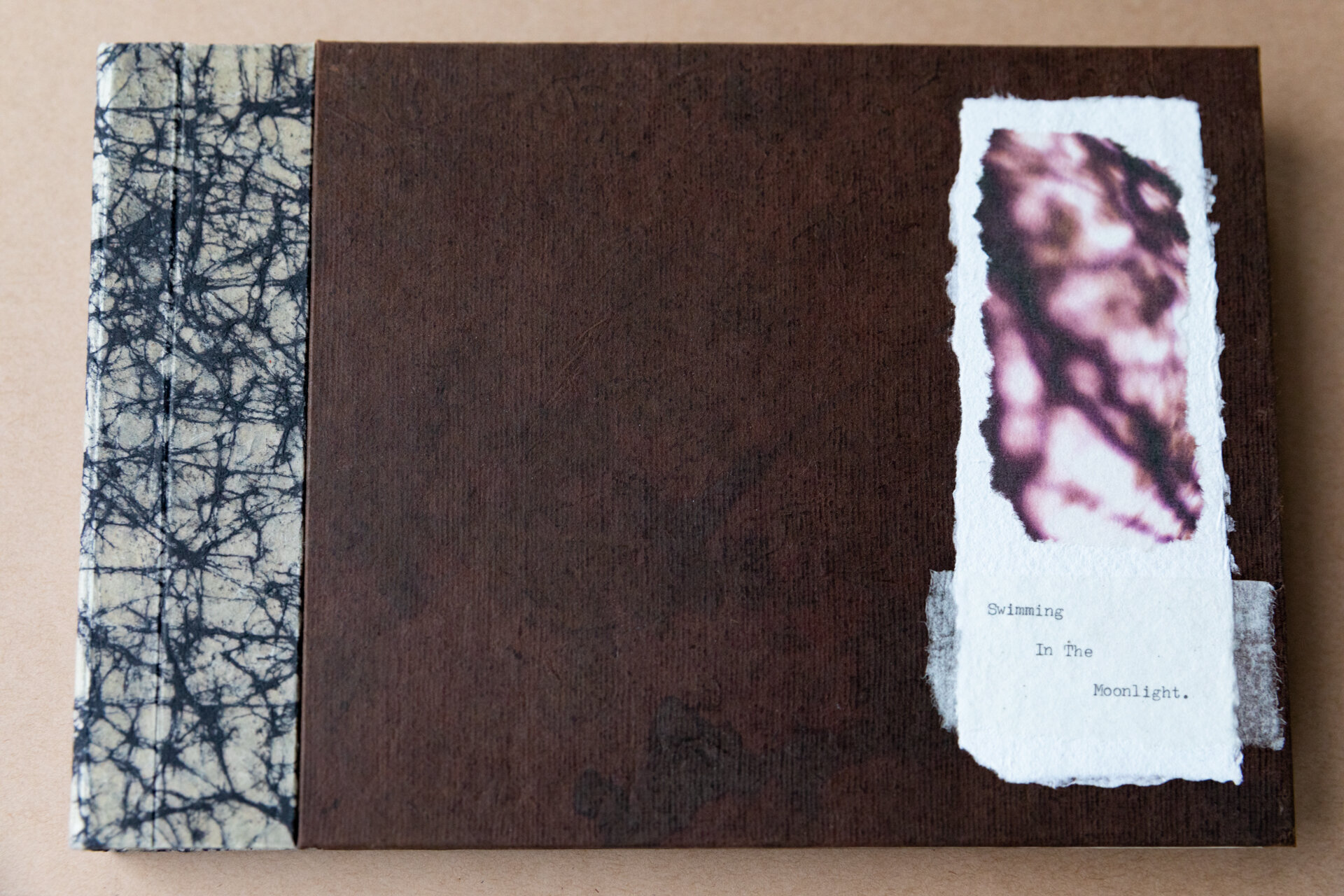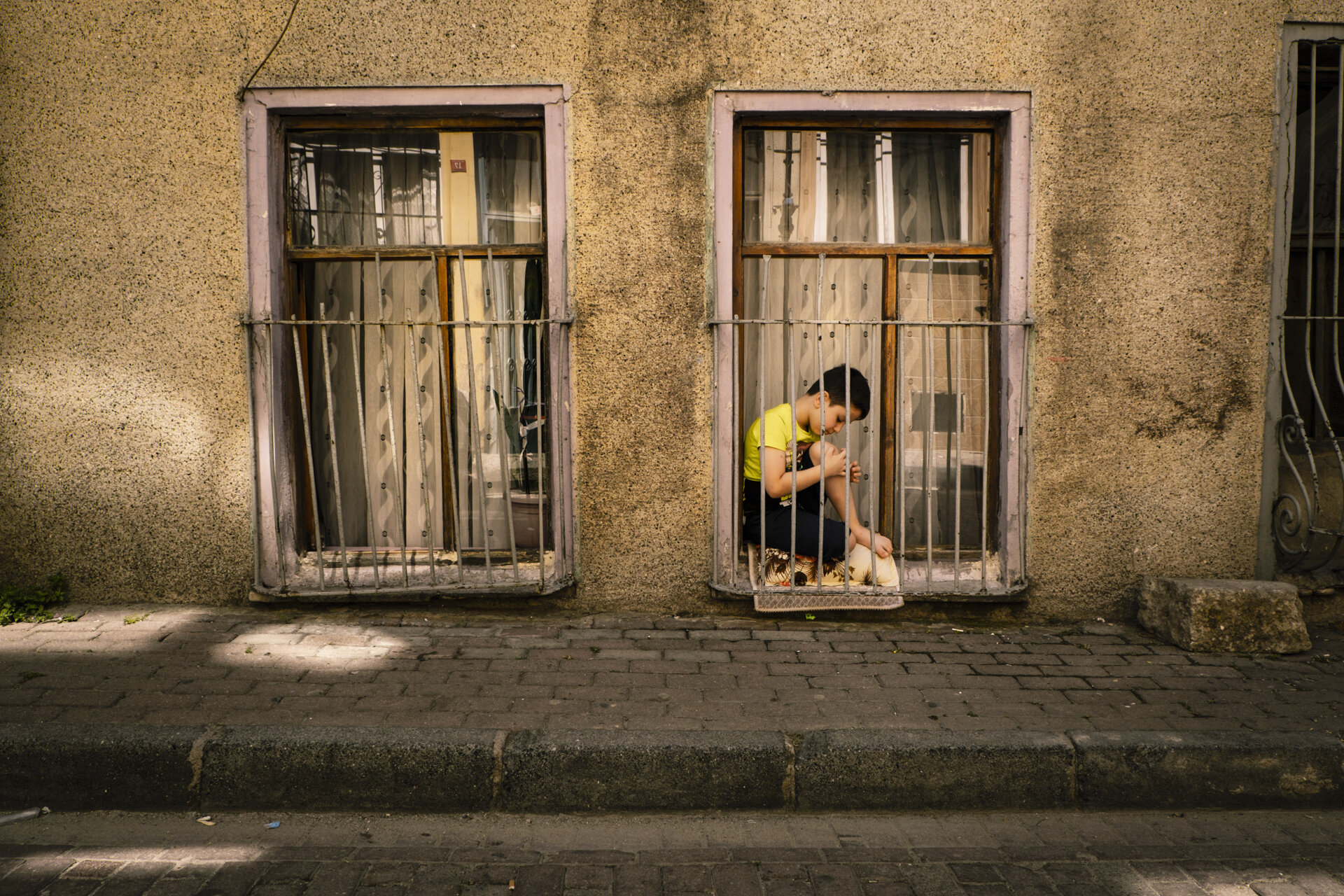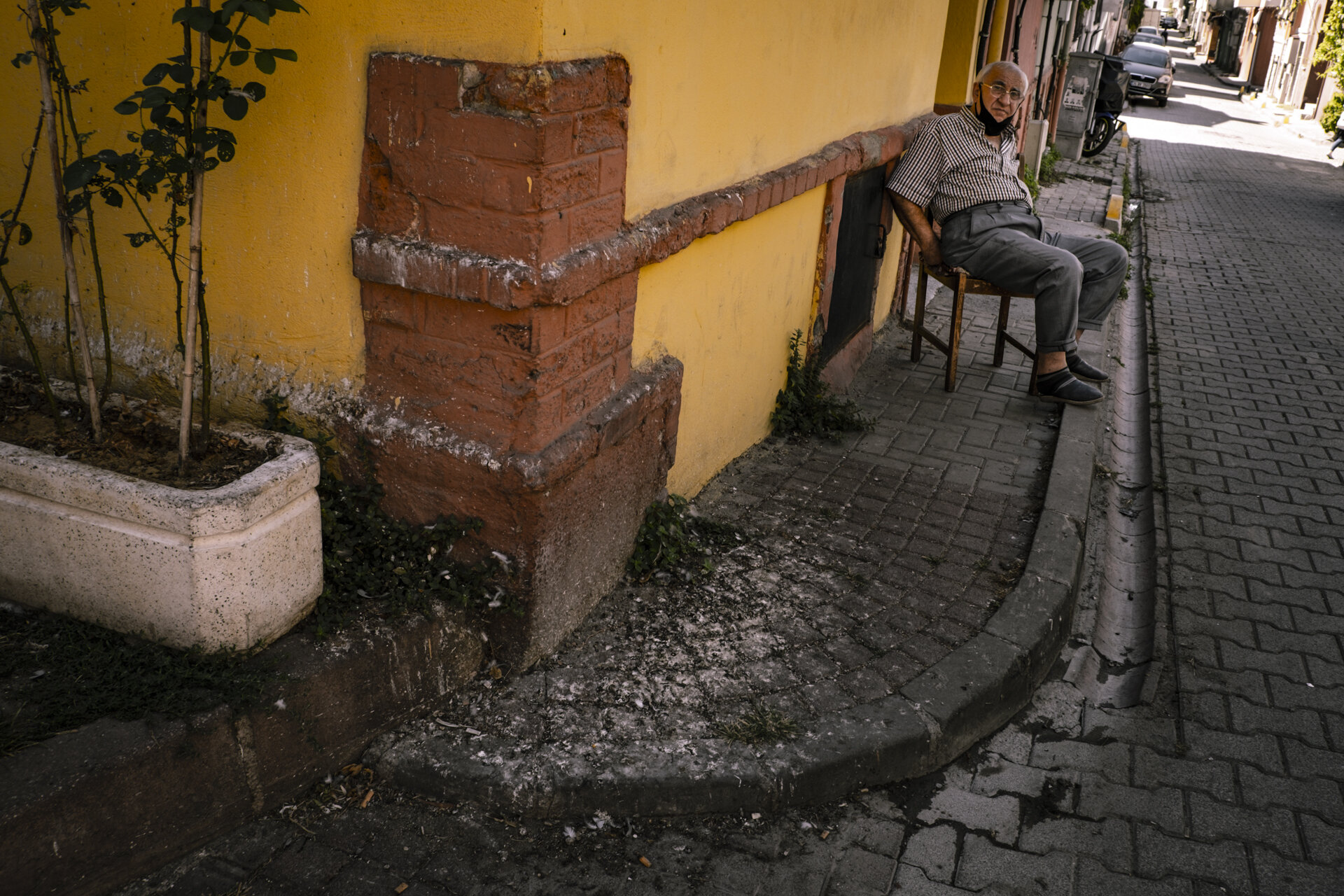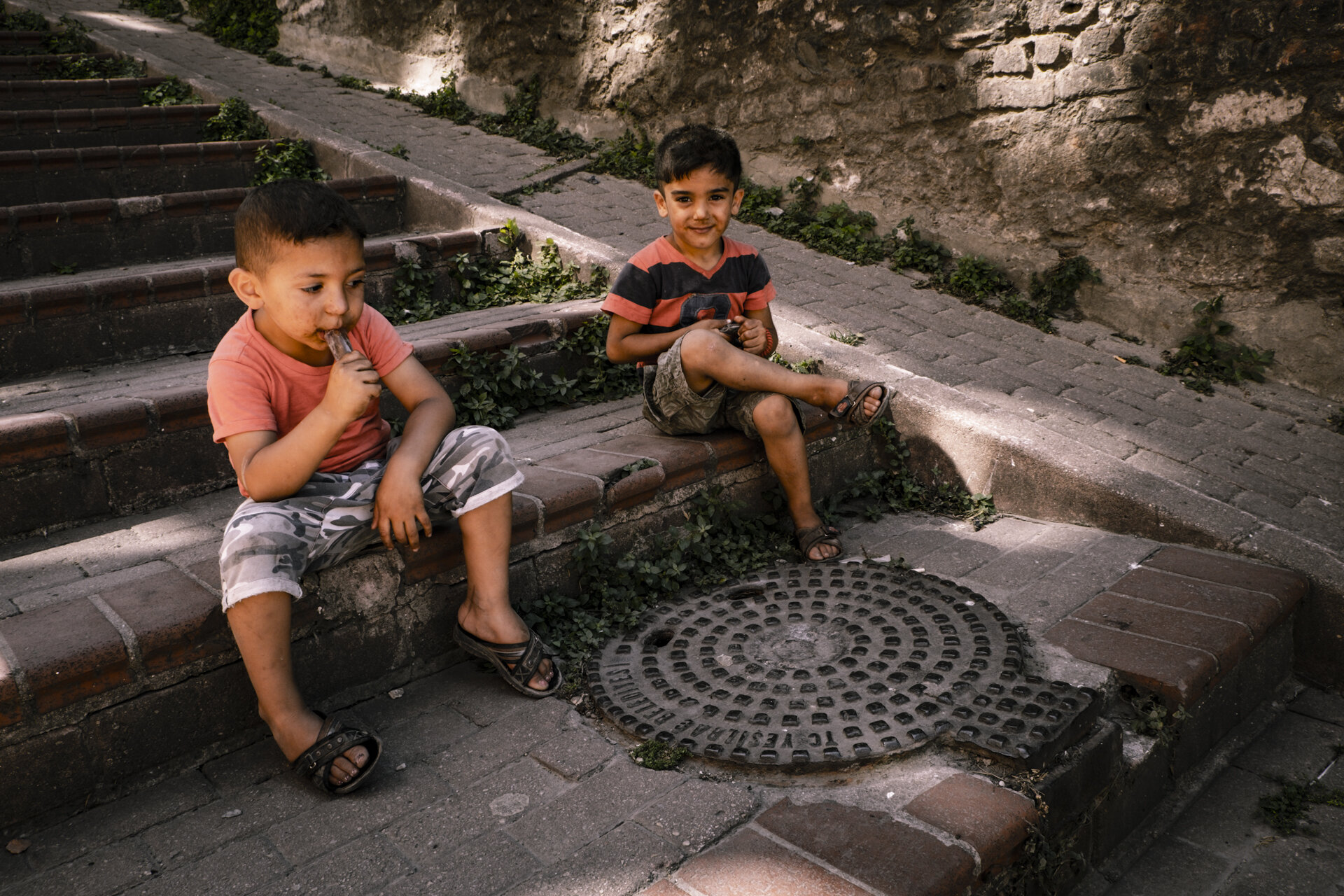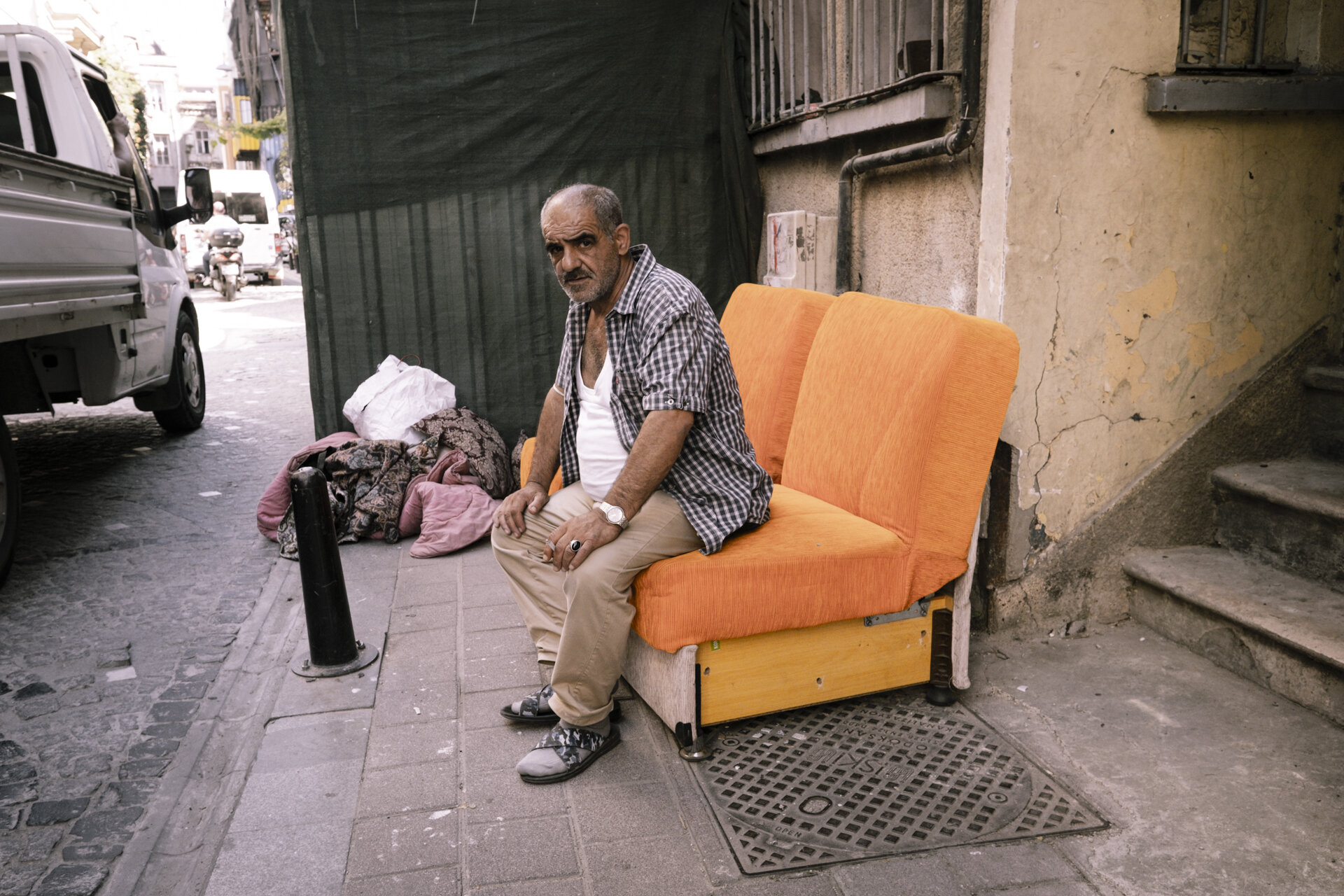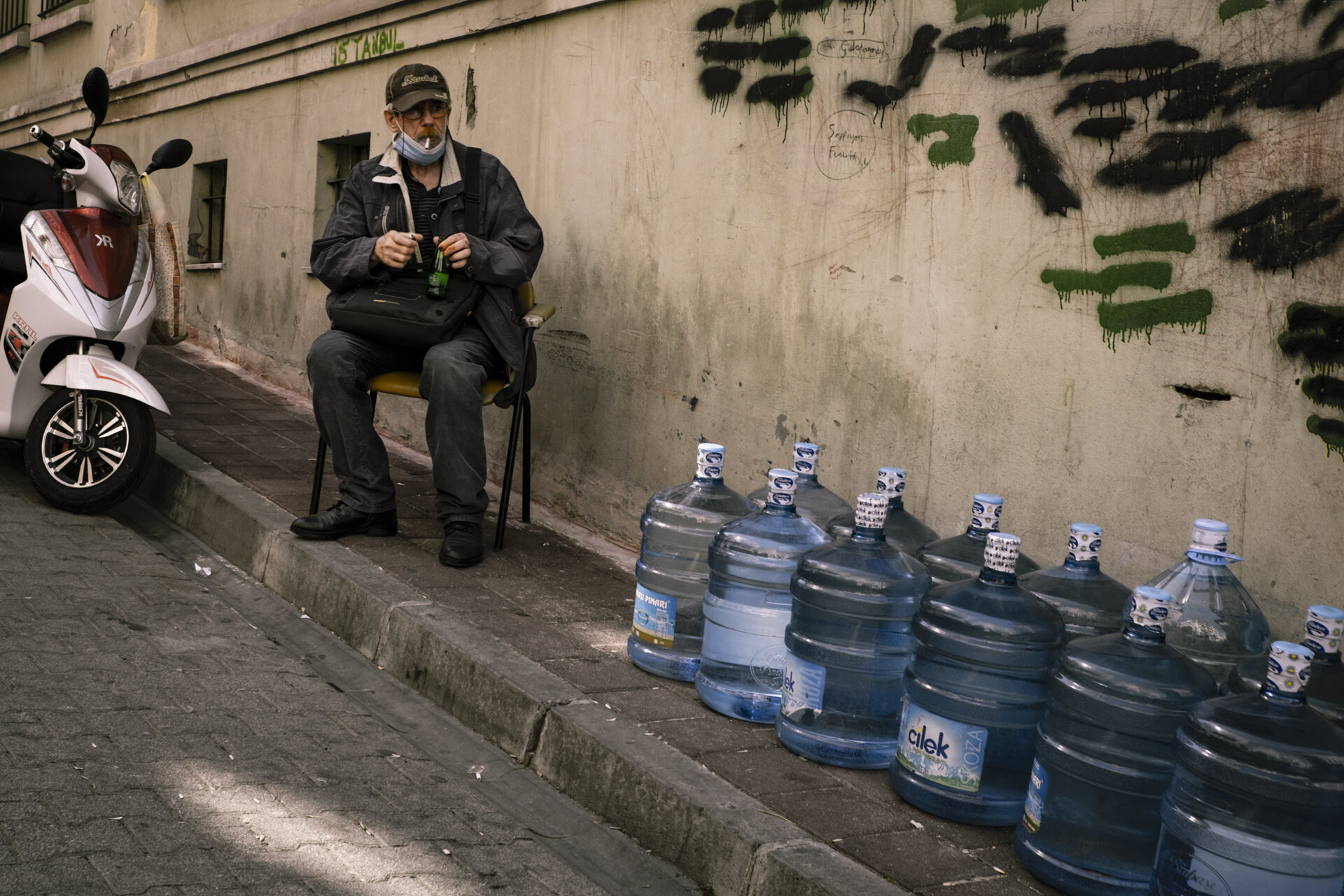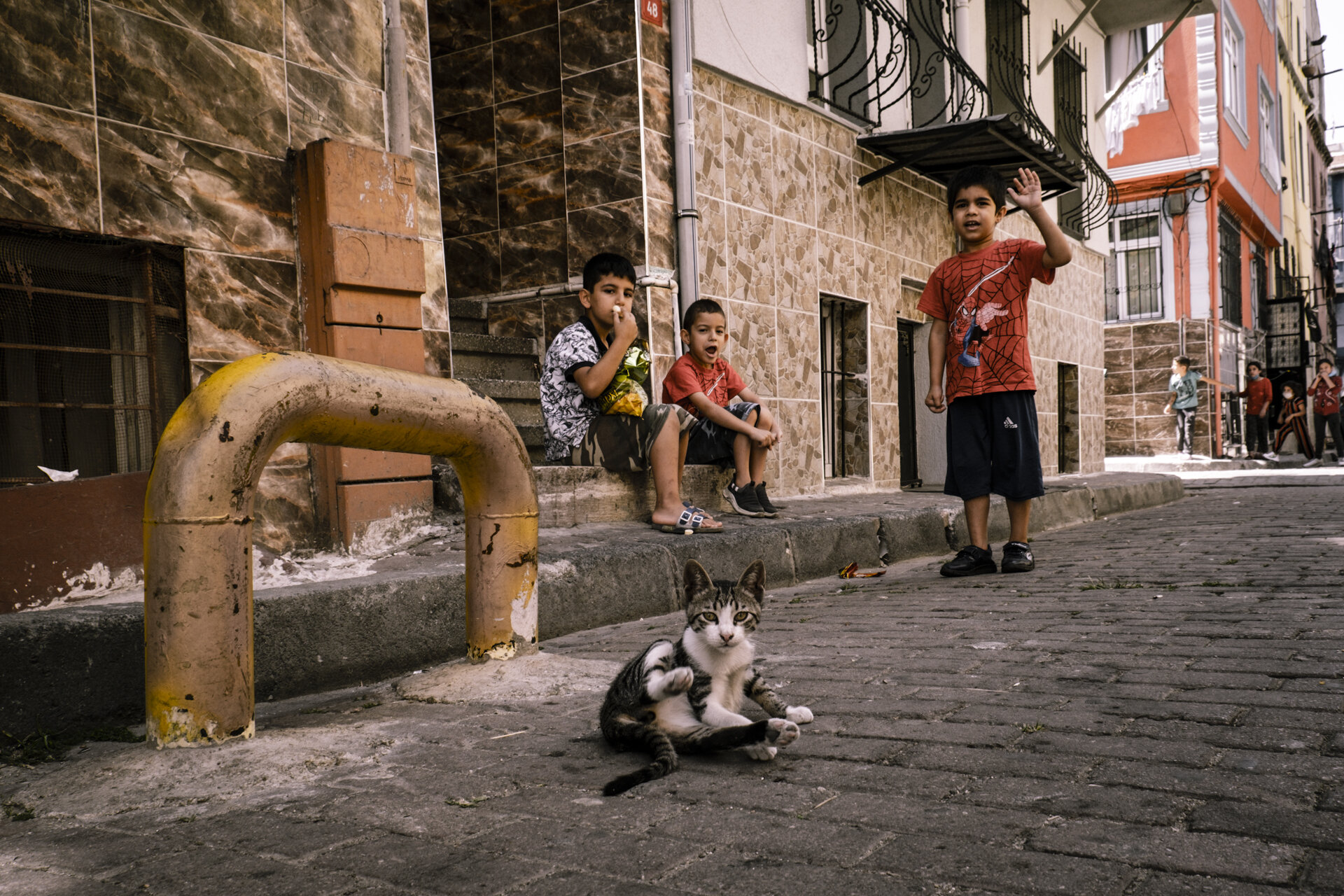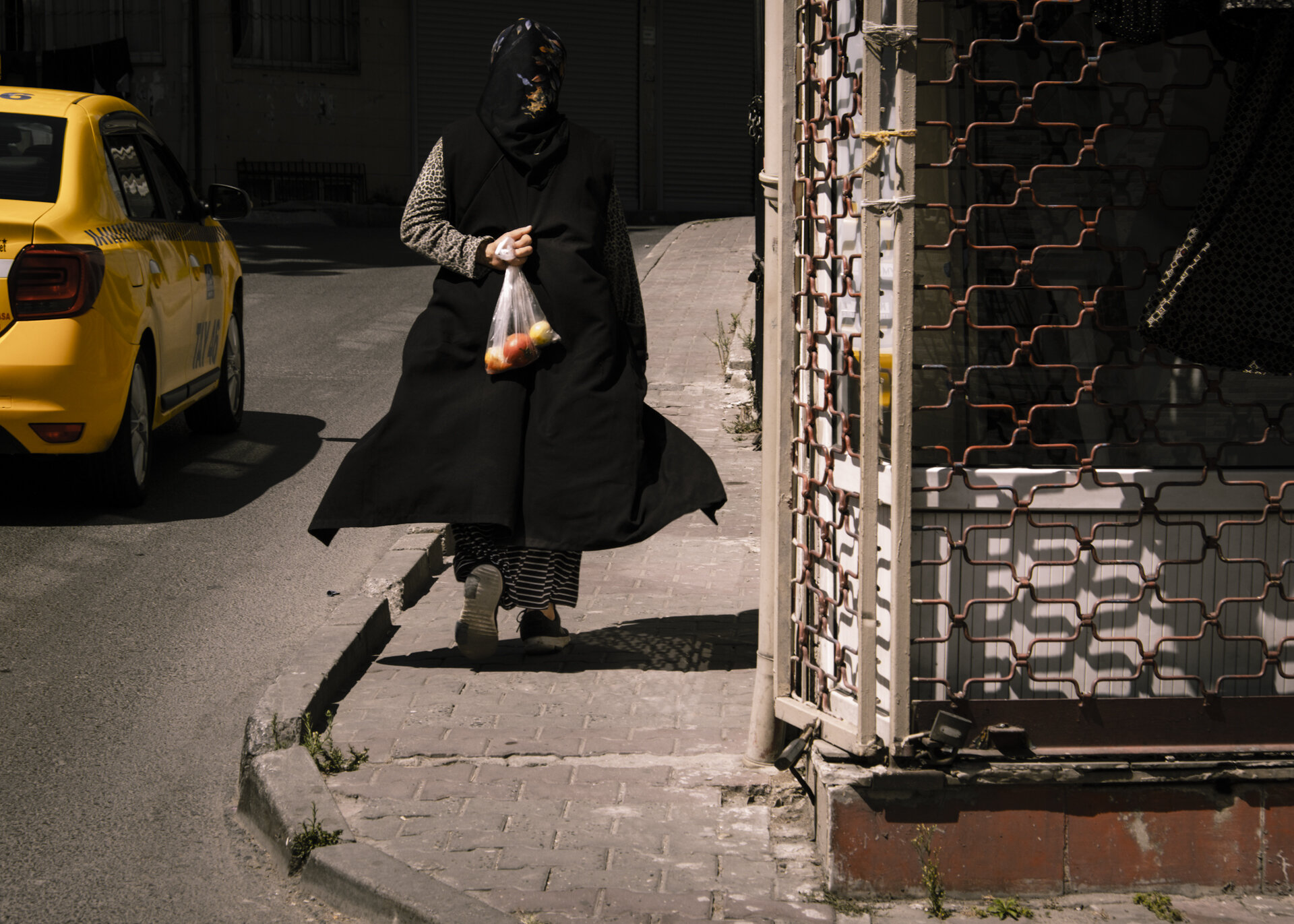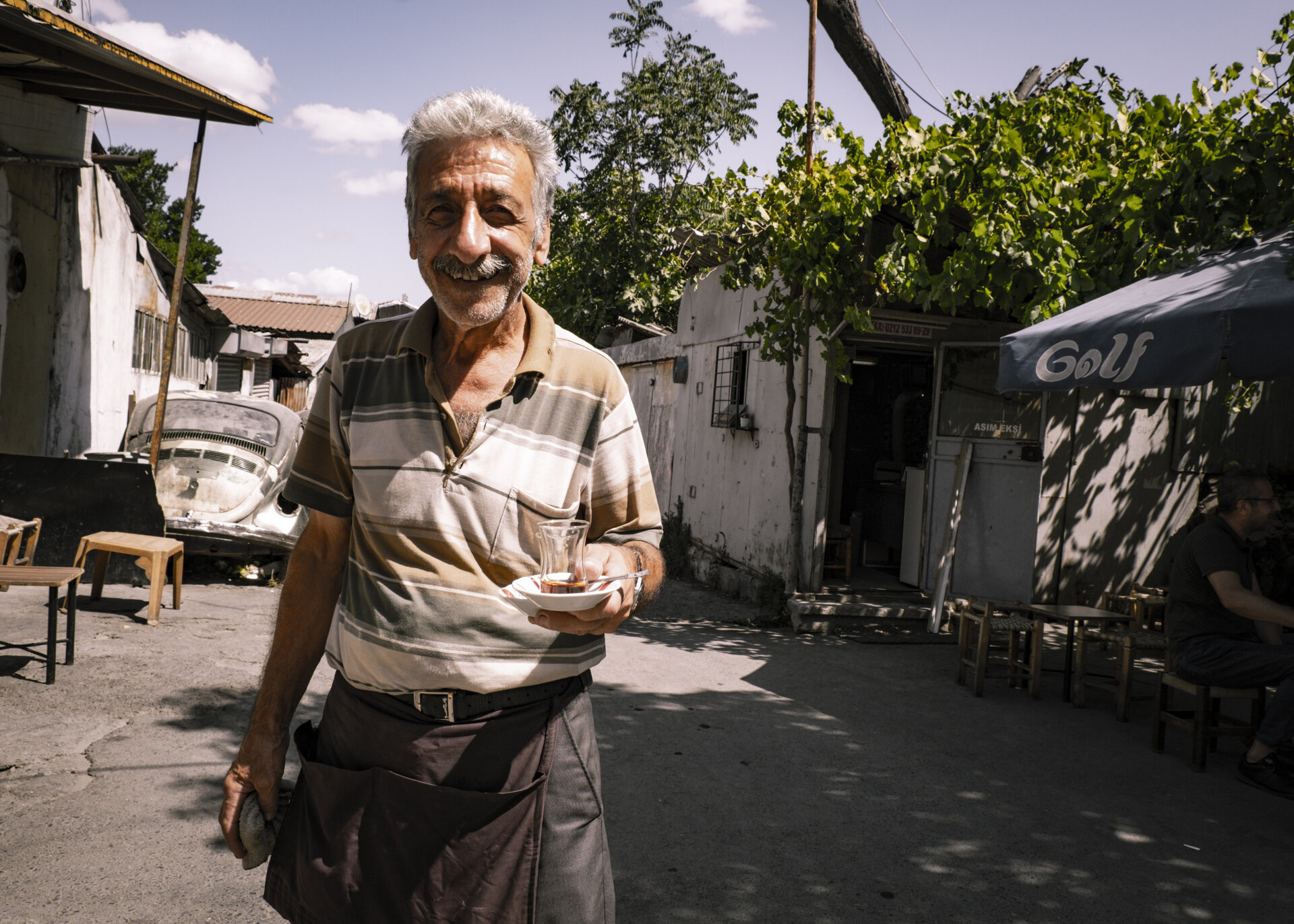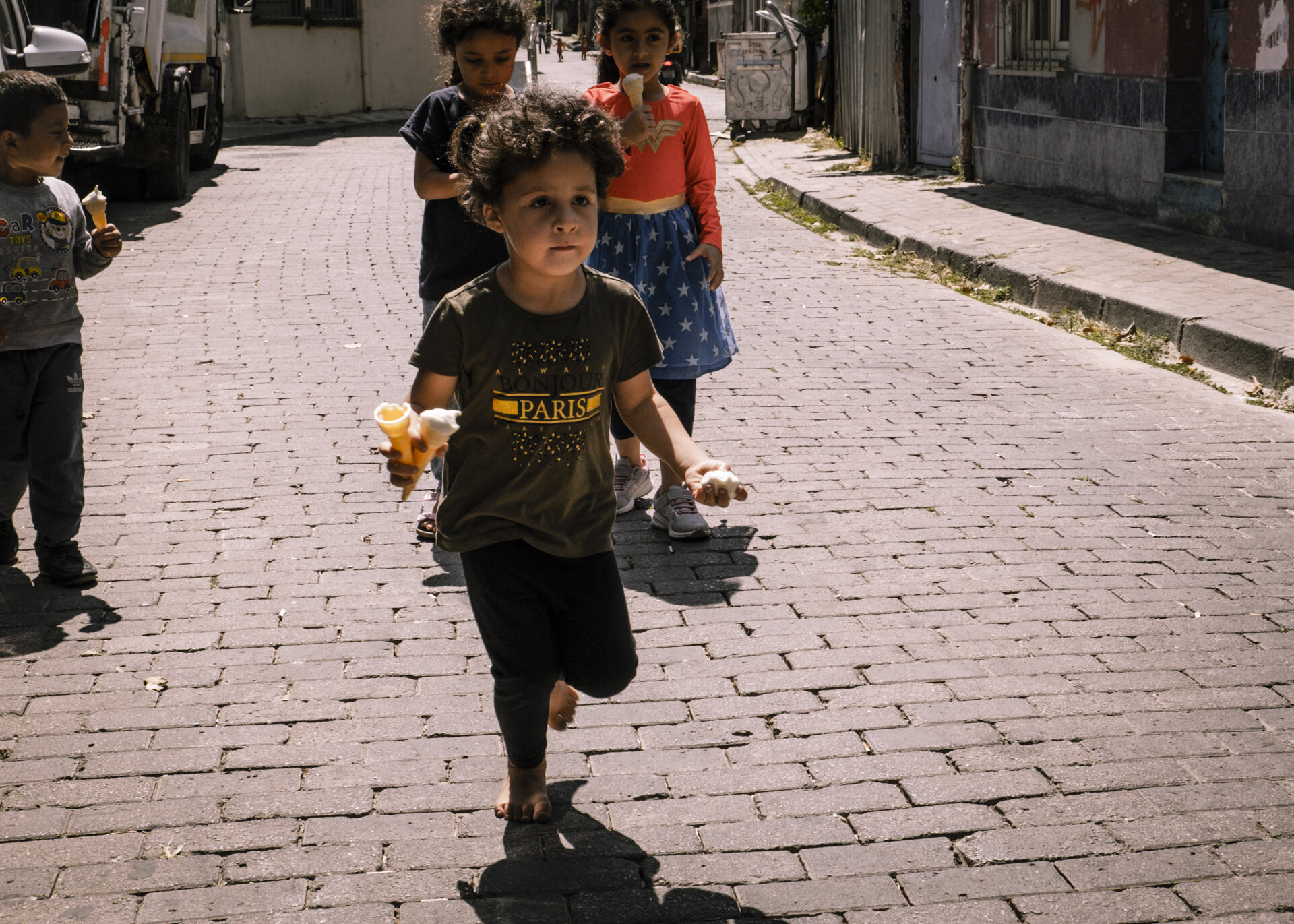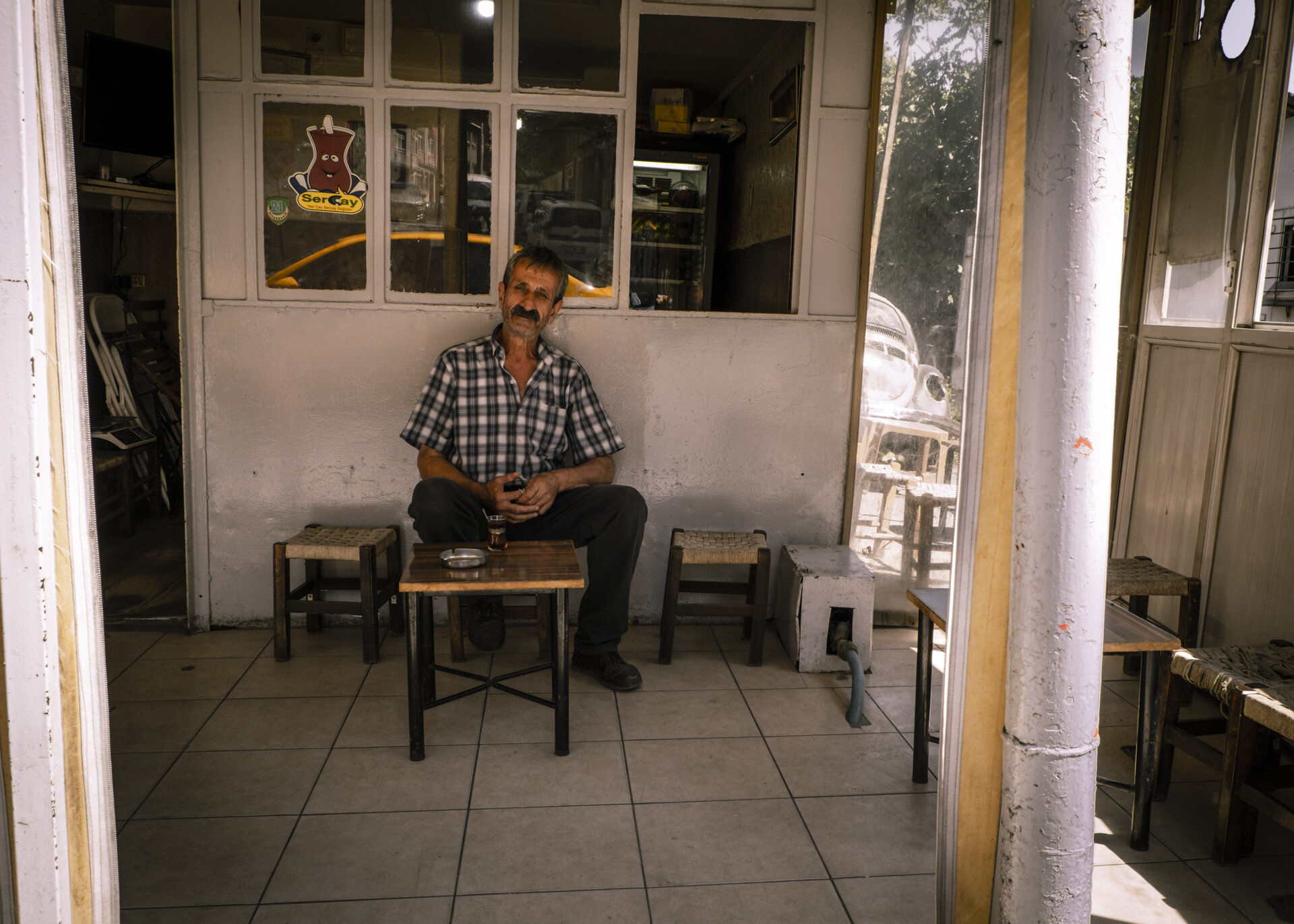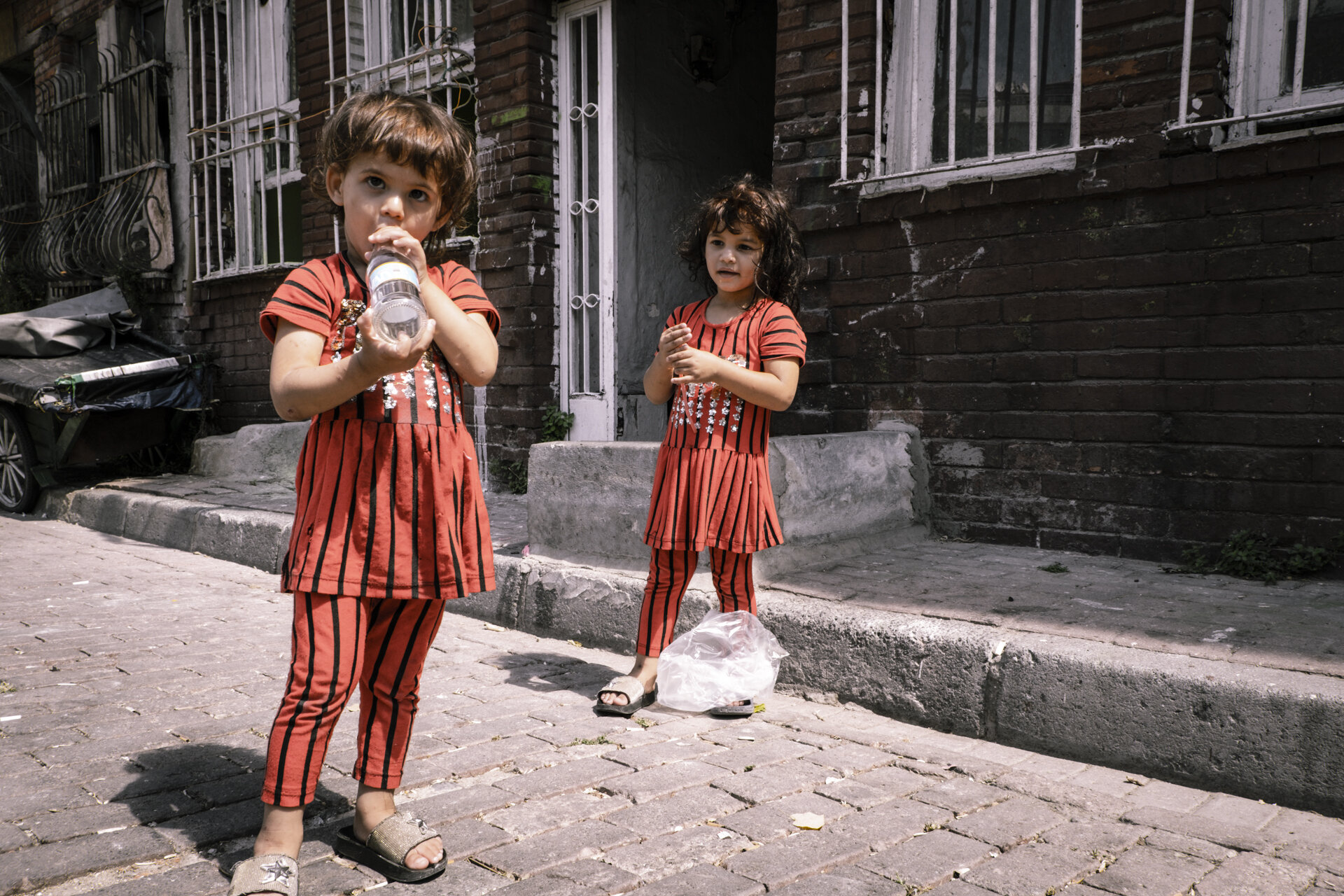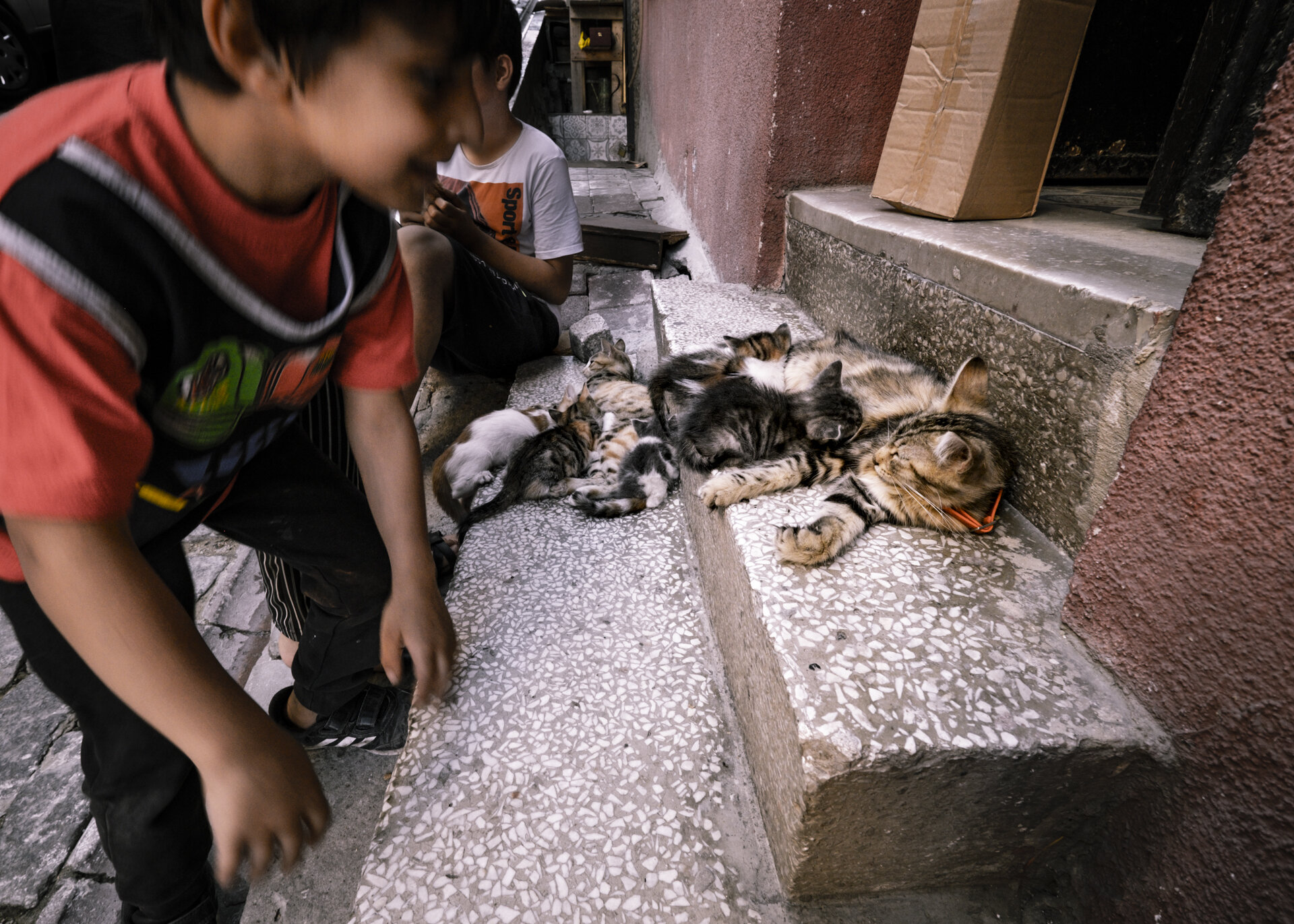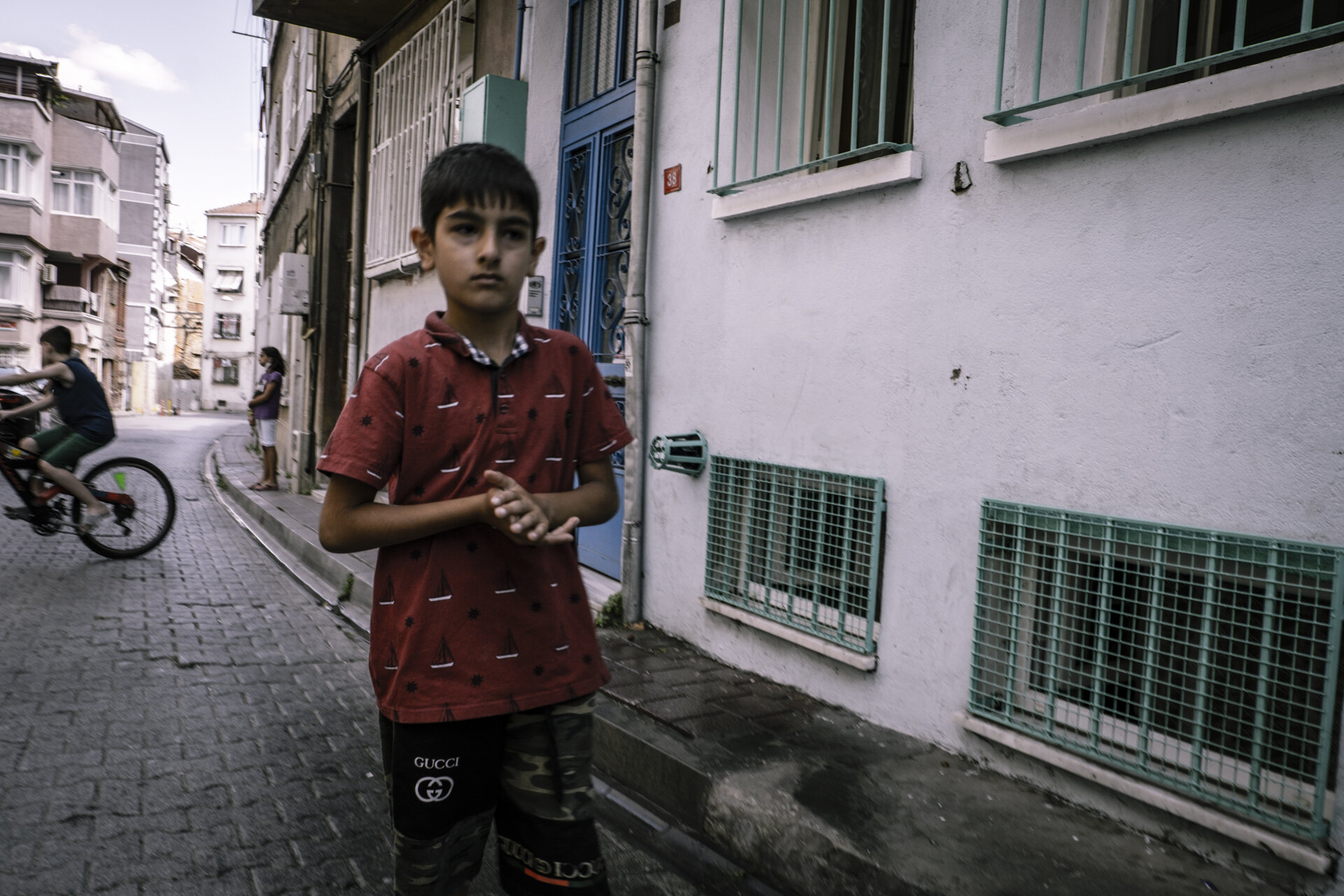From Gwalior military airport, on a flight lasting no longer than it takes to eat the complimentary pot noodle we landed in Varanasi.
Our last experience flying here had left a permanent scar, so it was an almighty relief that we encountered no issues and arrived as scheduled to the same place we resided last time - Panchkote Ghat. We returned because we never saw the Ghats, they were completely submerged. Three years ago the late monsoon suddenly hit. We left with the water up to our waists, balanced on our luggage, on a rickshaw being pushed by Ranjeet and friends through the waist deep water.
This time it’s warm and dry, perfect for us to explore life on the Ghats.
Situated on the banks are the ghats, the stairs going down to a river, which create the character of Varanasi. The ghats span the length of the entire bank and you can walk along the river by weaving up and down the steps. The stairs themselves slide into the water at the bottom, with the last visible step determined by the water levels of Ganges. At several points on the ghats are large landings where much of the activity takes place.
From families gathering, picnicking, taking selfies, sleeping to bathing, praying, learning, burning and boat building it all happens here from dawn until dusk.
One of the world’s oldest continually inhabited cities. Known by three names: Varanasi - the official more recent name deriving from two Ganges tributaries forming the city's borders - Varuna and Assi. Secondly, Banaras - the old name and finally, Kashi - the ancient name found in the primary Hindu texts meaning “to shine” and shine it certainly does.
By late afternoon some ghats start to fill up in readiness for the evening ahead. Snacks, Chai, sweets, candles and flowers are readily available.
We took a boat as dusk began to settle. It was beautiful to see Varanasi from the water.
We travelled along many of the ghats finally reaching Manikarnika Ghat the biggest of the burning ghats. Between here and Harishchandra, the smaller burning ghat there are about 80 cremations a day each costing 4000 rupees. In covid a cremation cost 6000 Rps due to the risk to the people who work here at the burning ghats.
The new spires, gleaming in the evening light, indicate the modern sleek new walkway completed during Lockdown leading up to the Golden Temple. Three years ago it was just a pile of mud, with many newly discovered temples randomly sticking up out of the ground.
As darkness fell, we moored up at Dasashwamedh Ghat to witness the evening Ganga Arti. This happens every evening, every day of the week. It was held on the roof tops when we were last here so it was exciting to the Arti in all its glory.
Approximately 20,000 people gathered. It was quite a spectacle to see the boats of all sizes pushing and shunting to get their space. Afterwards it was quite a spectacle to see everyone trying to leave. 20,000 people is a lot to battle through.
Of course an easier option is to stop and have a bite to eat.
